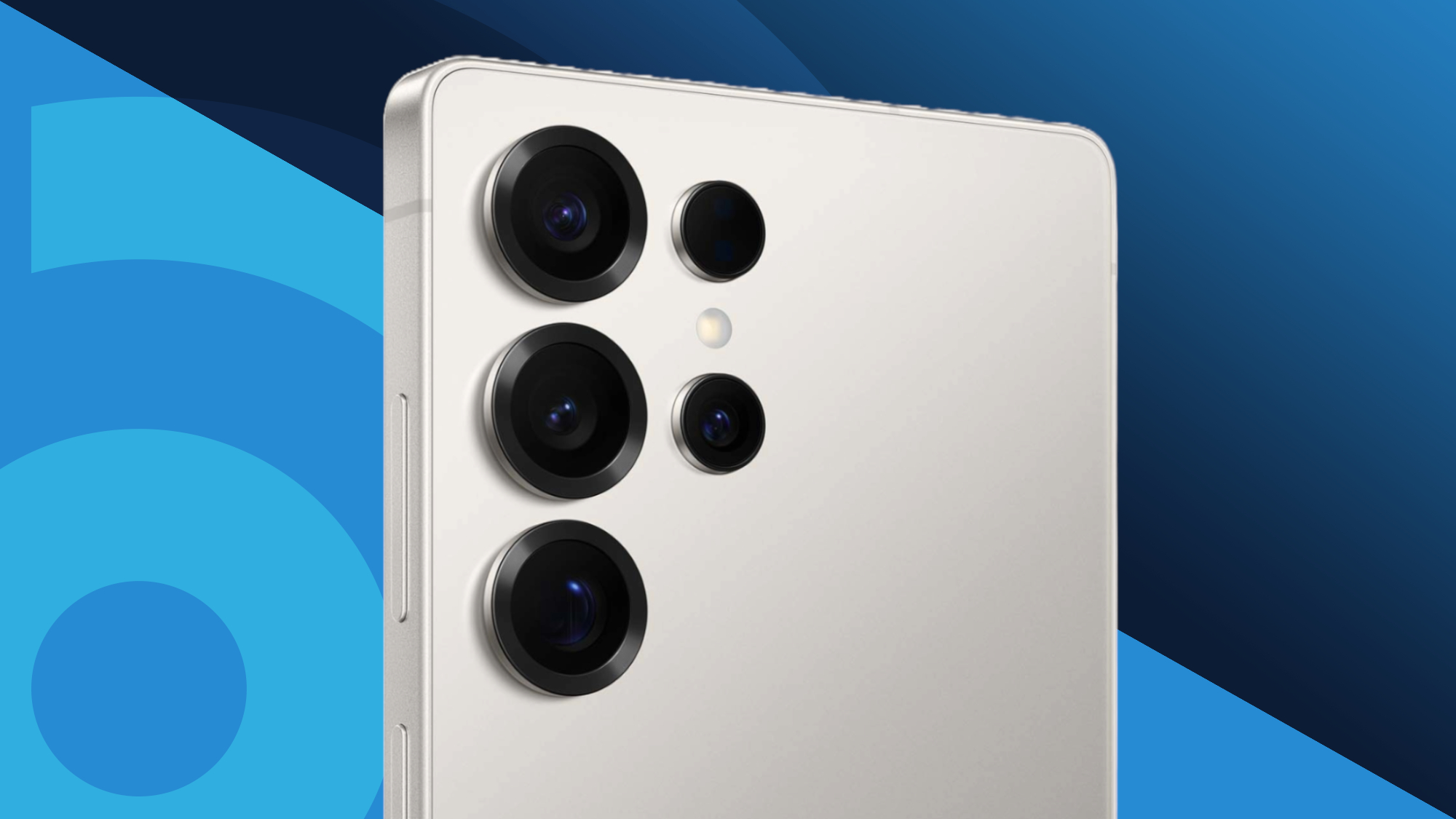
The best phones aren't necessarily the most expensive devices on the market. We've tested well over 1,000 handsets since being founded in 2005, so we know that money doesn't always buy quality.
To help you make sense of the current mobile landscape, we've compiled this list of the best phones available in the UK. Right now, the iPhone 16 Pro Max is the best iPhone money can buy, but it doesn't necessarily offer the best value for money. The Samsung Galaxy A56, meanwhile, is a better option for budget-conscious buyers, while the Honor Magic V3 is a great choice for foldable fans.
Below, you'll find specs for each model, along with pros, cons, and links to their full reviews. Our picks cover a range of prices, so whether you're on a tight budget or have a bottomless supply of cash, you'll find a great phone that fits your particular requirements. We've based our ranking on extensive real-world testing, so you can rest assured that our judgment is sound.
For more use case-specific guides, check out our best iPhone, best Android phone, best cheap phone, and best camera phone guides.
Quick list
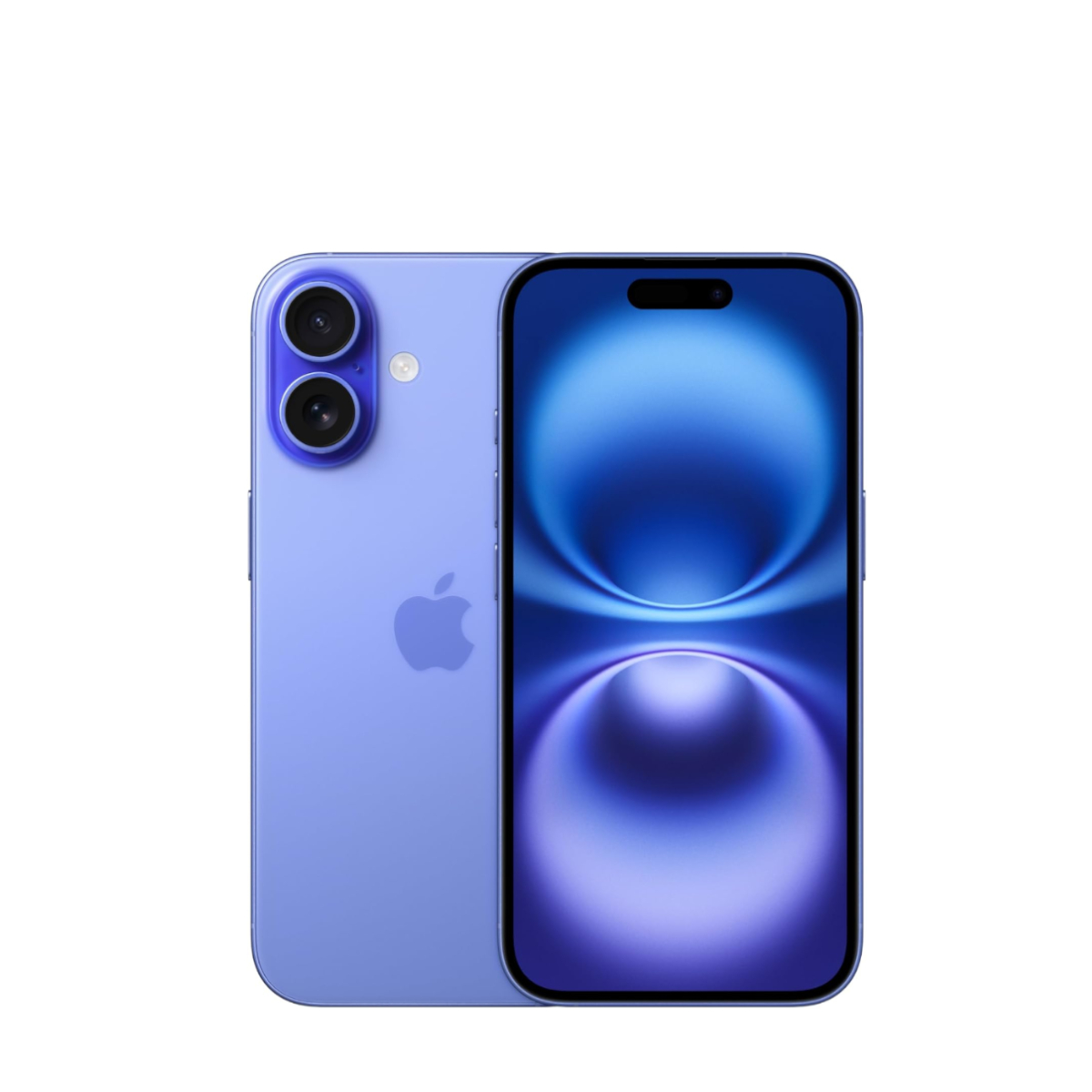
Thanks to its superfast A18 chipset, 48MP main camera, AI feature compatibility, and relatively accessible price, the iPhone 16 is, for us, the best all-round phone on the market right now.
Read more below
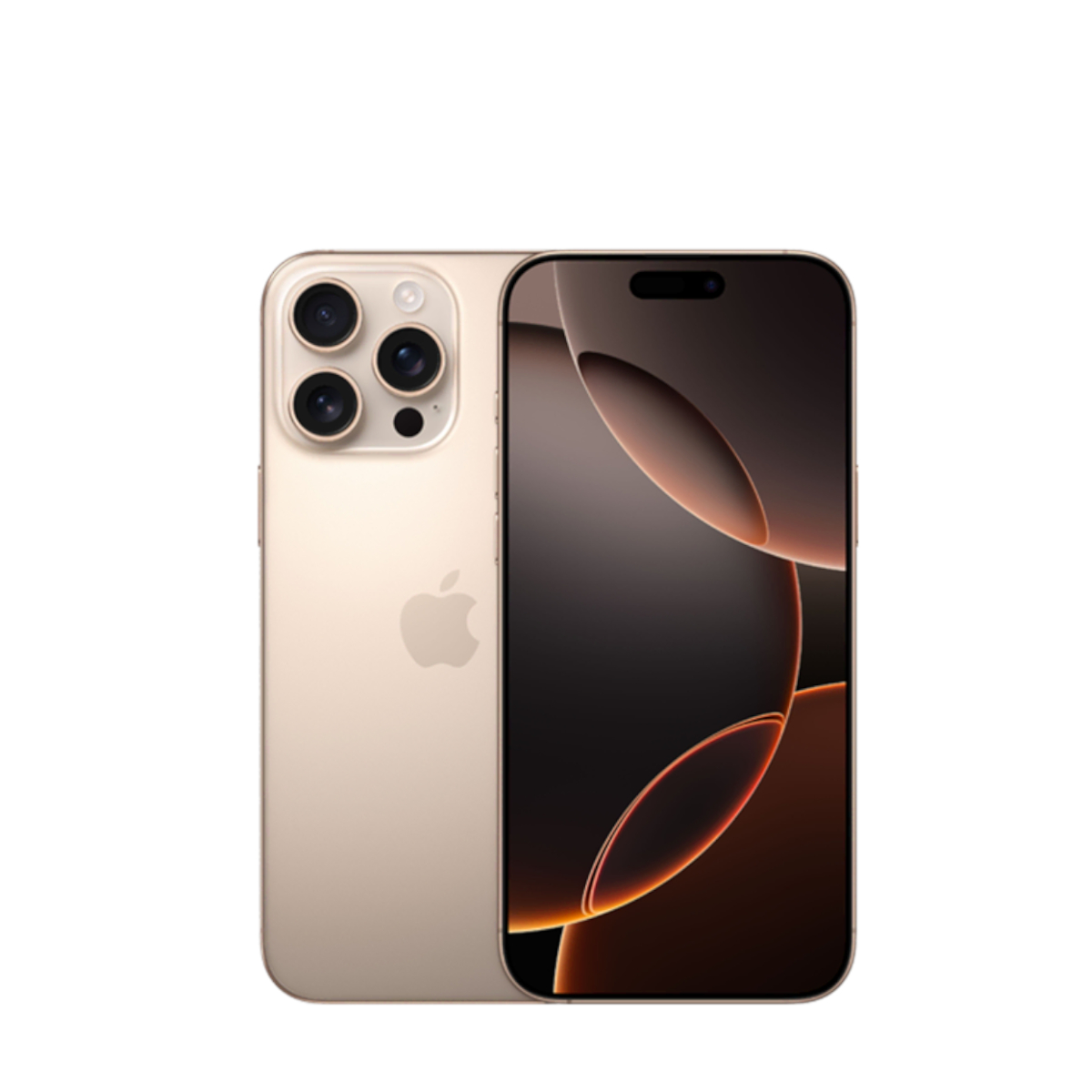
The iPhone 16 Pro Max is, quite simply, the biggest and best iPhone money can buy. With its A18 Pro chipset, 6.9-inch OLED display, and suite of pro-grade cameras, Apple's latest flagship is a truly formidable handset.
Read more below
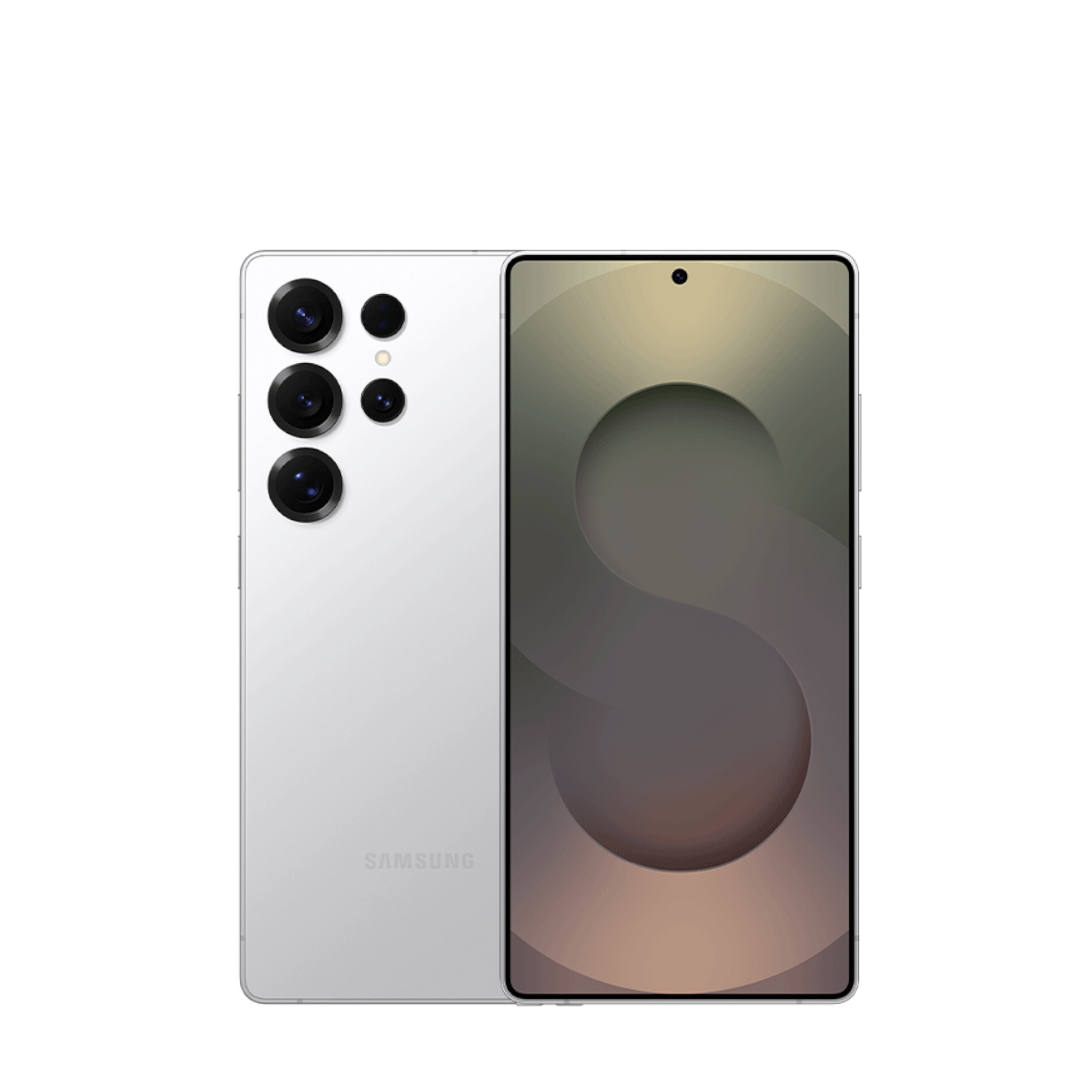
Samsung's latest Ultra phone boasts a gorgeous titanium design, five great cameras, and a huge 6.9-inch display. But the key selling point of the S25 Ultra is its suite of market-leading AI capabilities.
Read more below
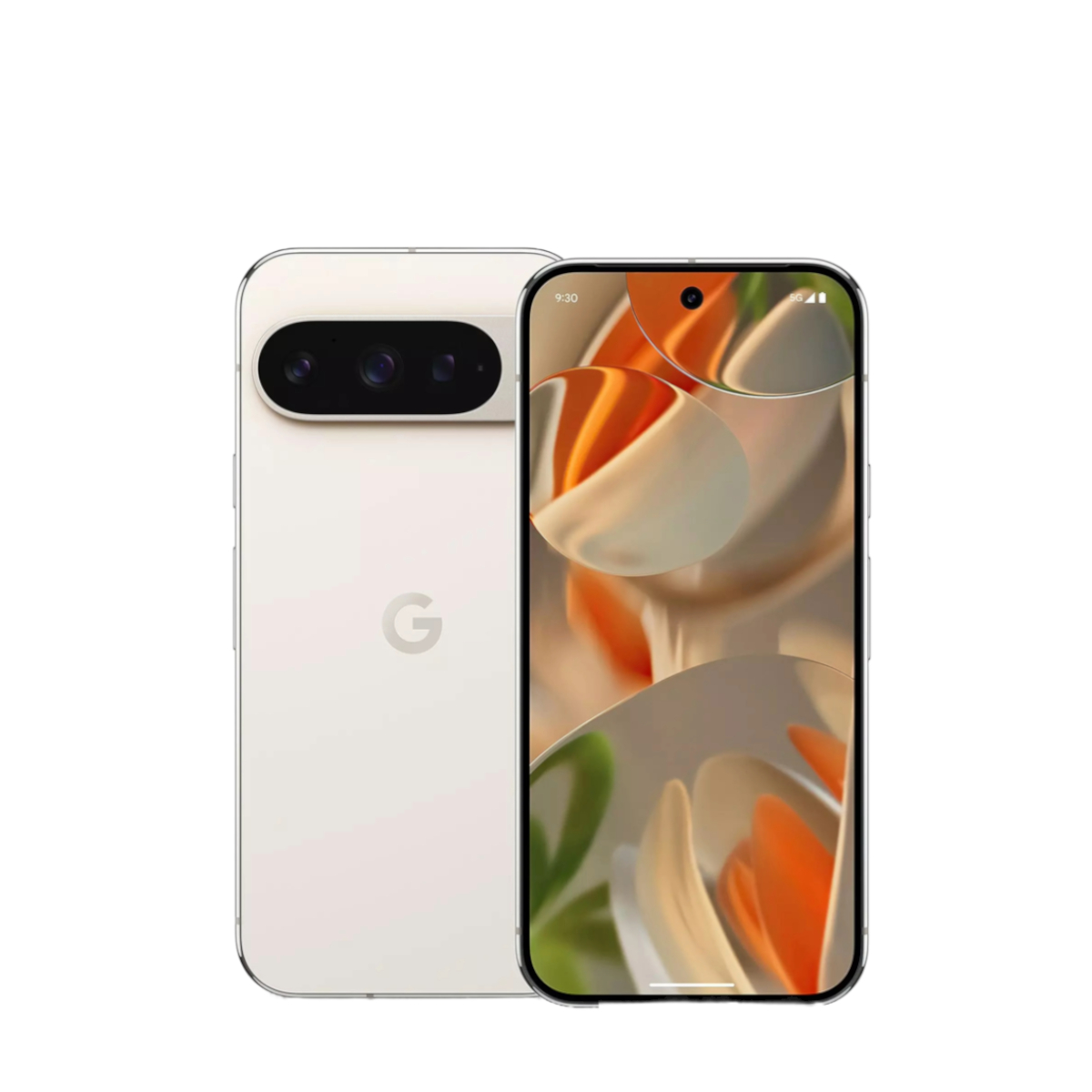
Boasting the best Pixel design, cameras, and software to date, the Google Pixel 9 Pro is a premium powerhouse. Its chipset, however, can't keep up with the flagship competition.
Read more below
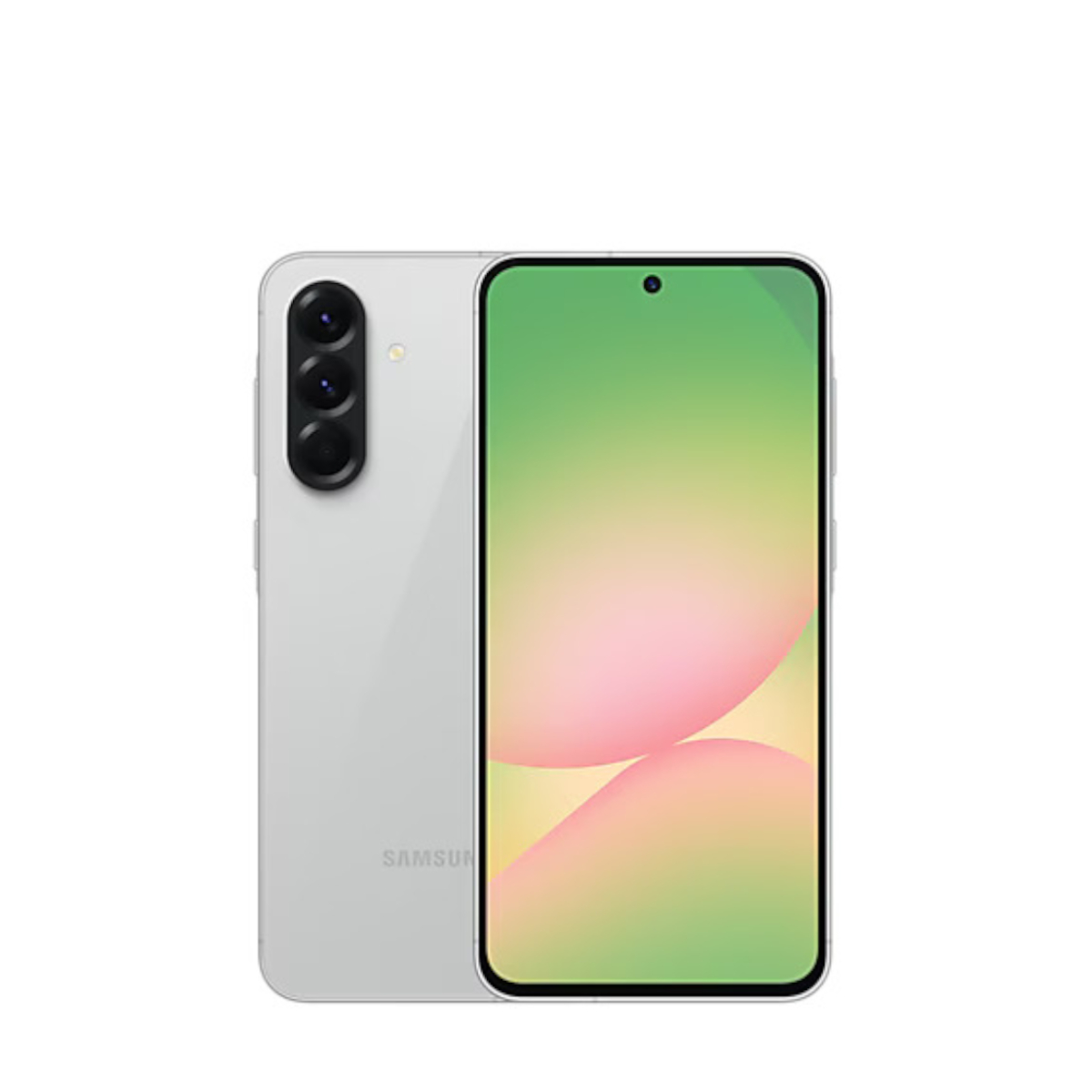
The Samsung Galaxy A56 epitomizes what midrange phones should be. It's durable, long-lasting, packed with useful software, and is powerful enough for everyday tasks.
Read more below
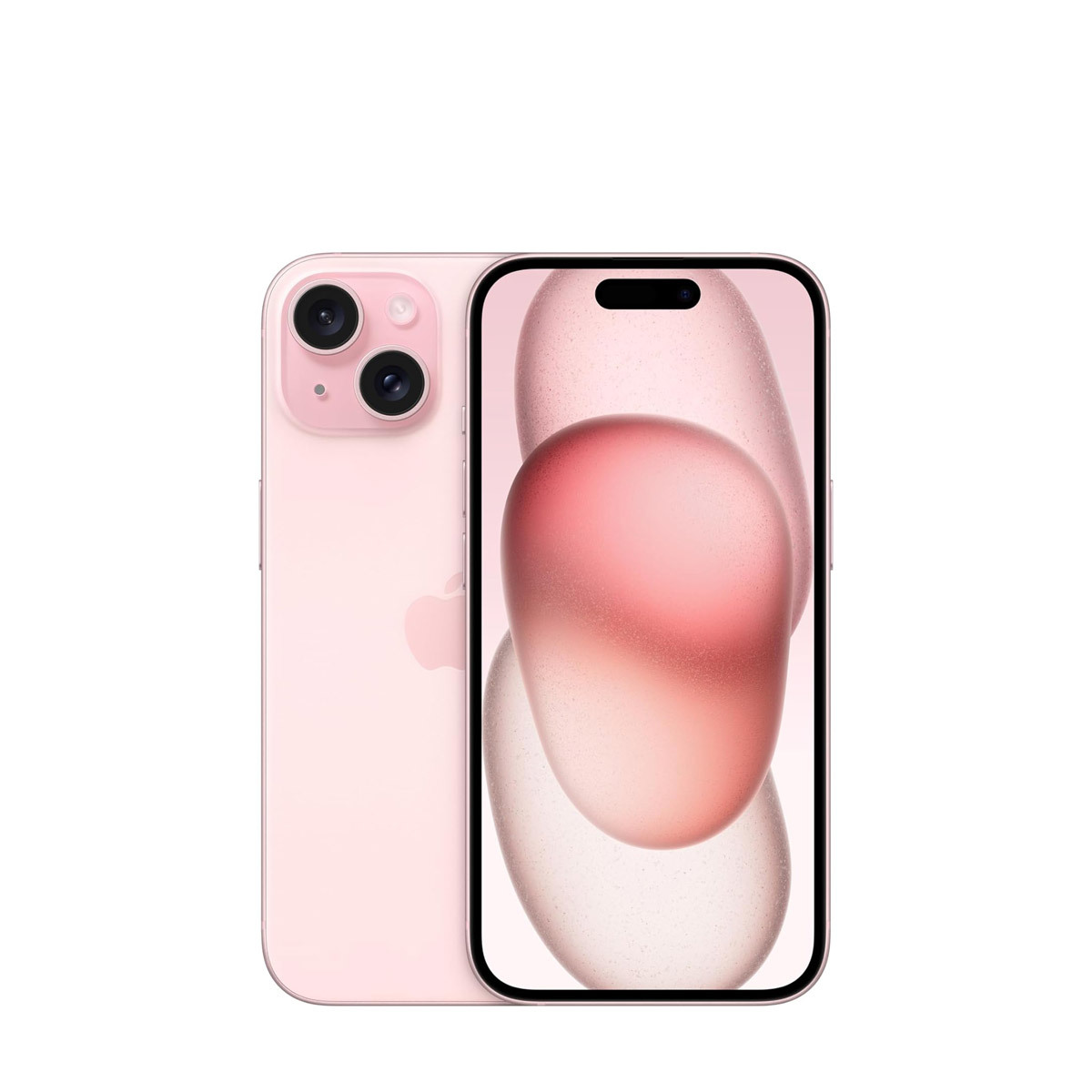
Despite its lack of AI features, the iPhone 15 offers a whole lot of phone for not a lot of money. With its slick chipset, premium-looking design, and Dynamic Island cut-out, Apple's 2023 base model continues to impress in 2025.
Read more below
Load the next product...
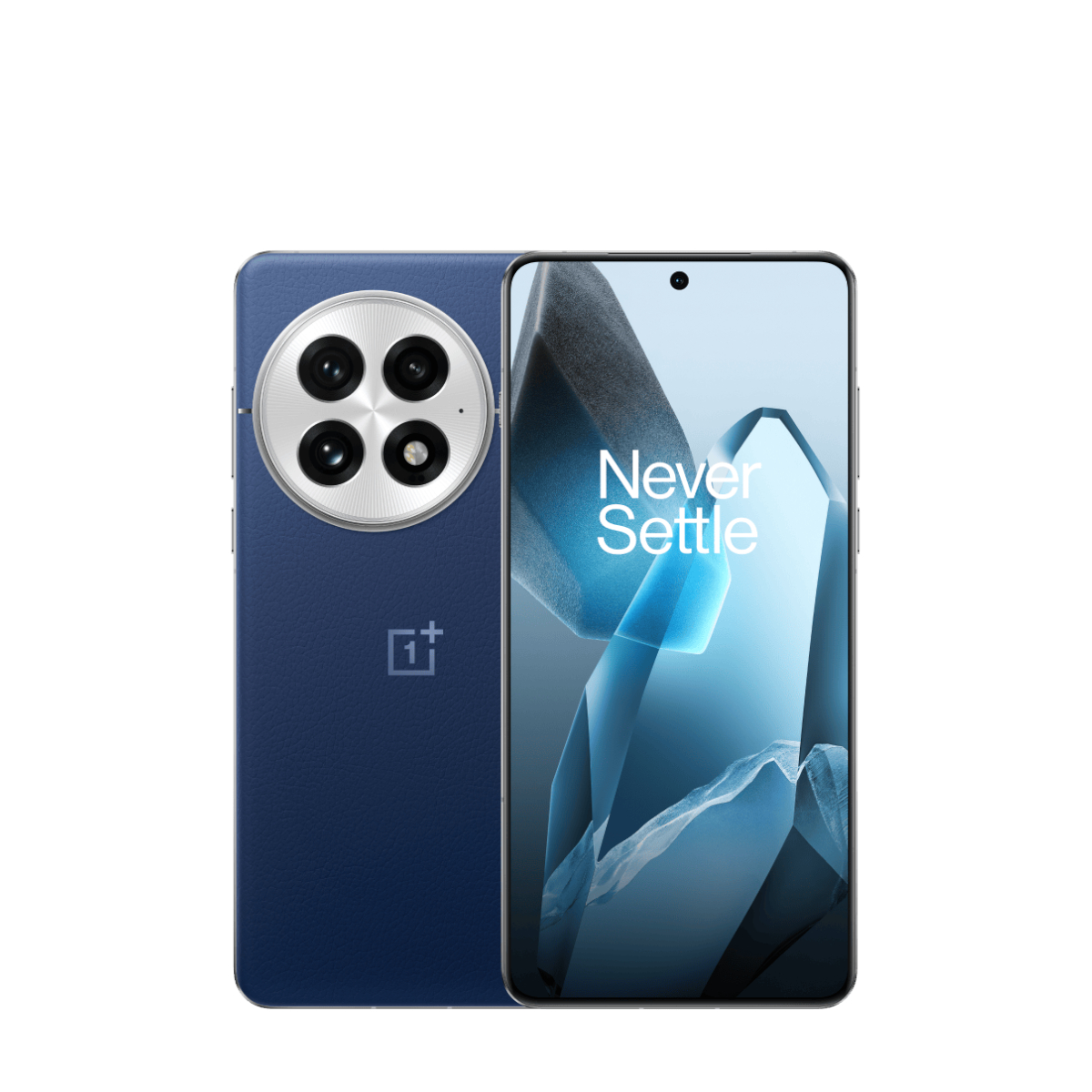
Thanks to its durable design, class-leading battery life, and vibrant display, the OnePlus 13 is an excellent flagship option for those prefer to stand out from the crowd.
Read more below
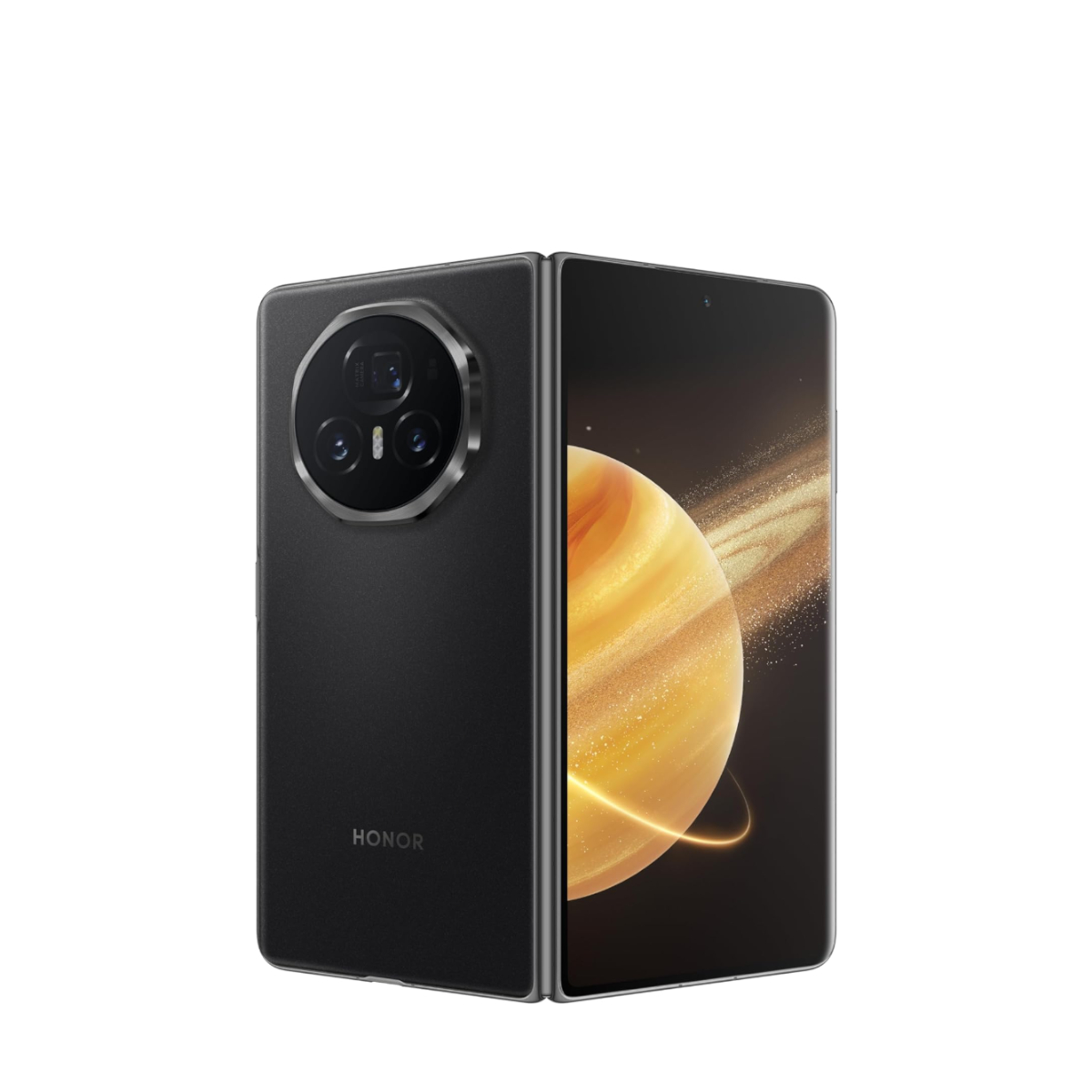
If you're interested in foldable phones, you likely value great design. The Honor Magic V3 is the most impressively designed foldable released so far, and a worthy rival to the OnePlus Open.
Read more below

I'm TechRadar's Phones Editor, and have been reviewing and writing about the best mobile devices for several years. Based in the UK, I handle news and feature coverage for the phones section of the site, and regularly edit TechRadar's phones-related reviews and buying guides. You'll find my byline on over 1,500 TechRadar articles.
The best phone in 2025
Why you can trust TechRadar
Below, you'll find full write-ups for each of the best phones in our list, along with links to their reviews.
The best phone for most people
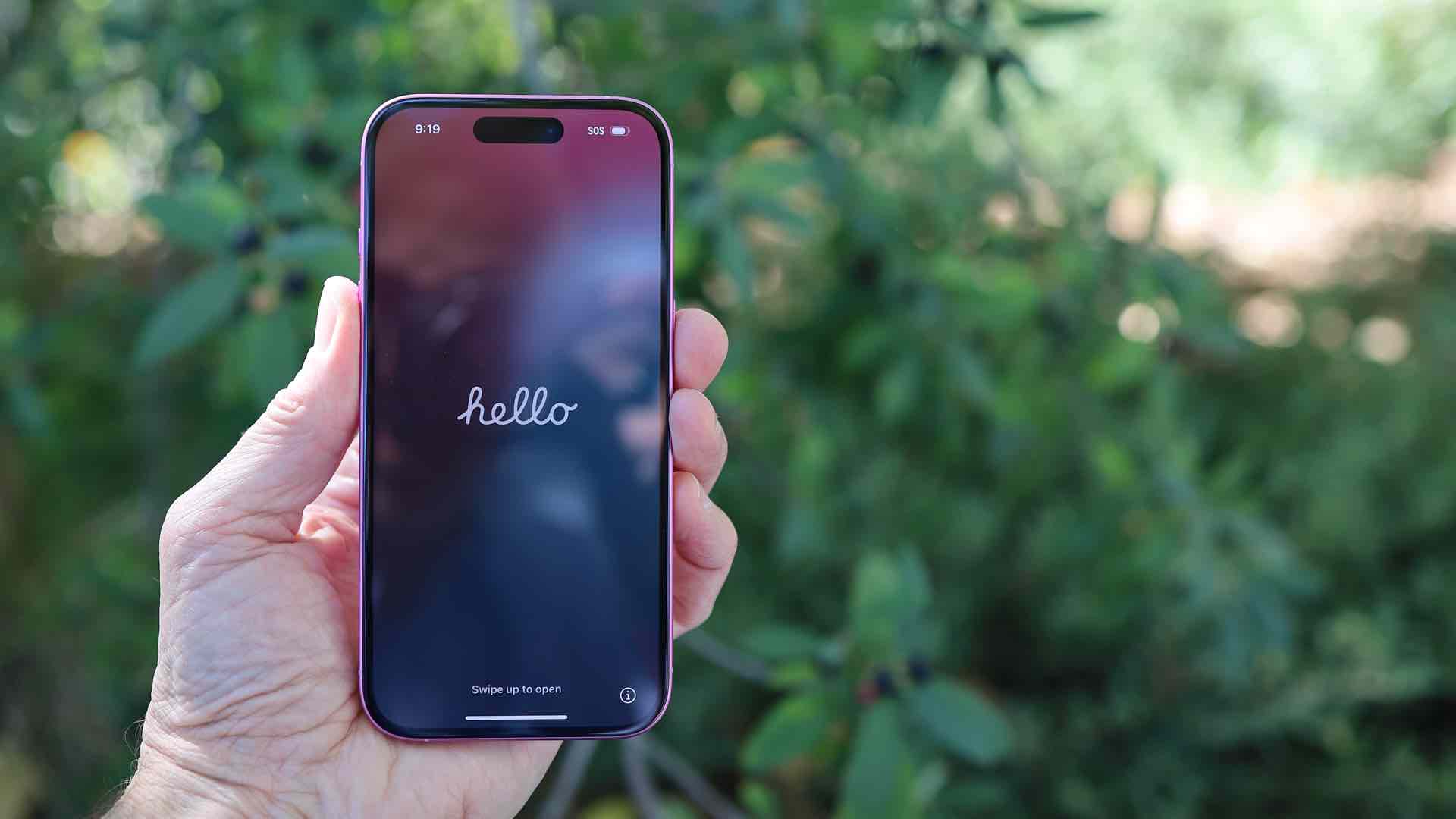
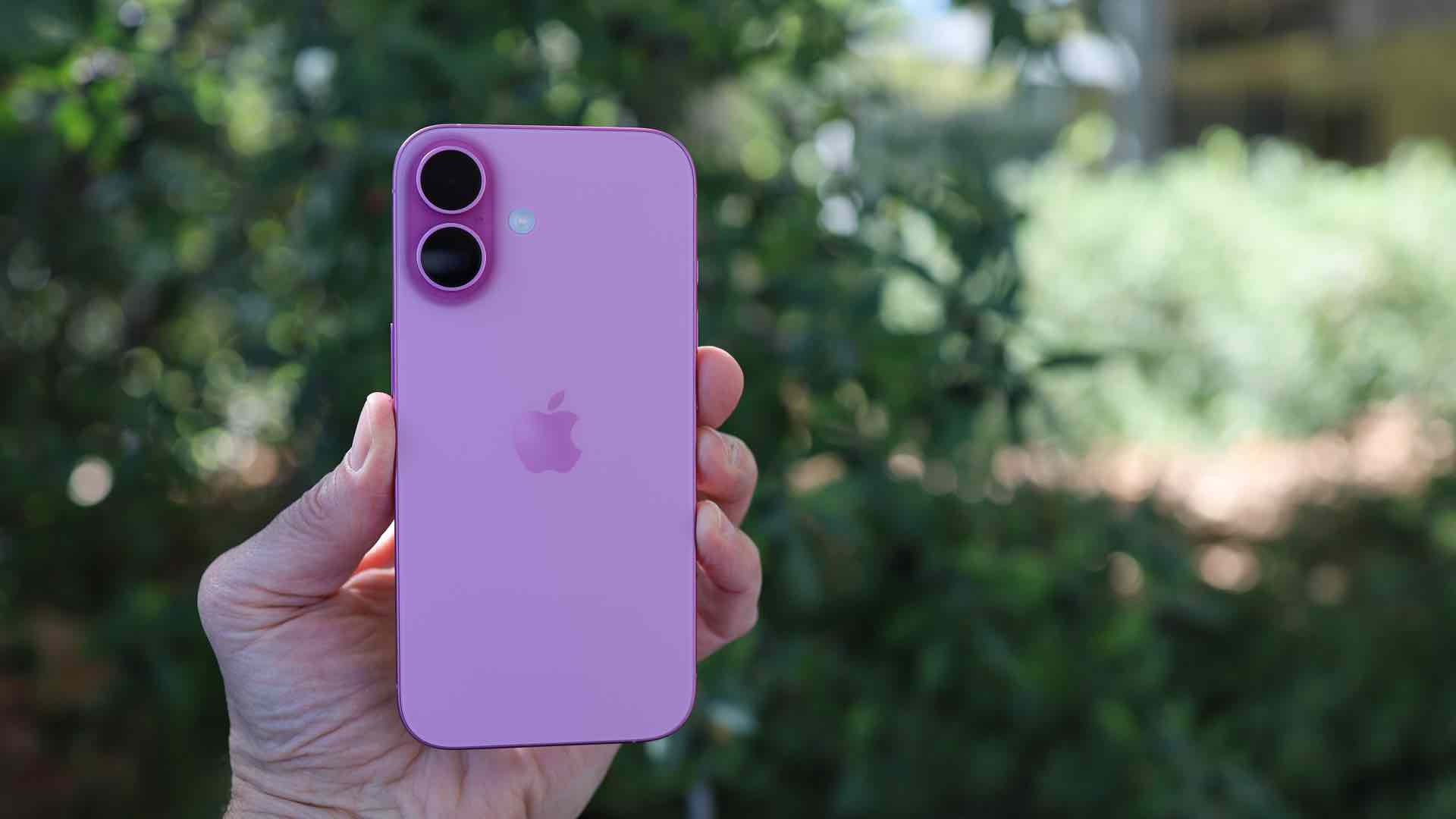
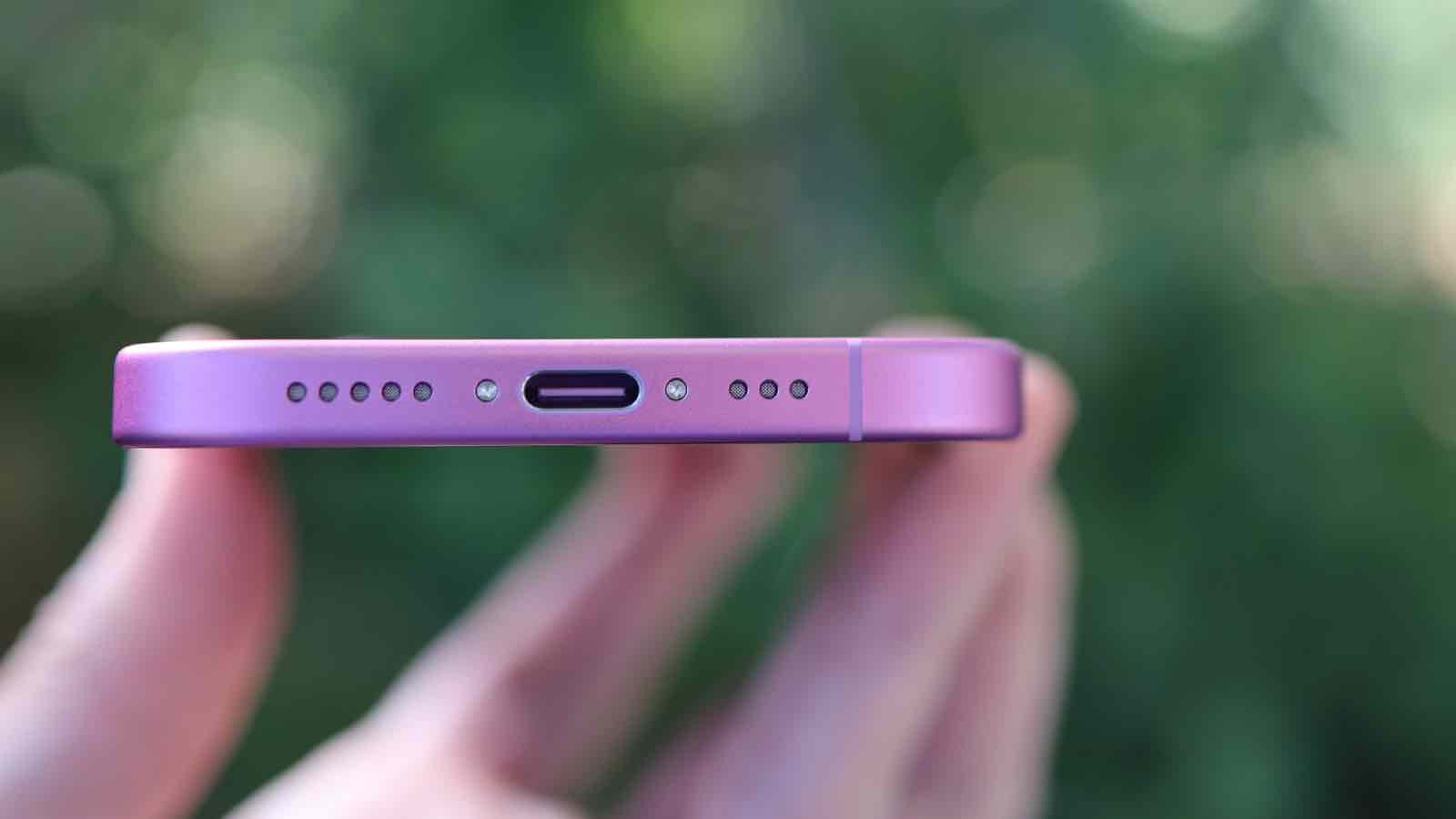
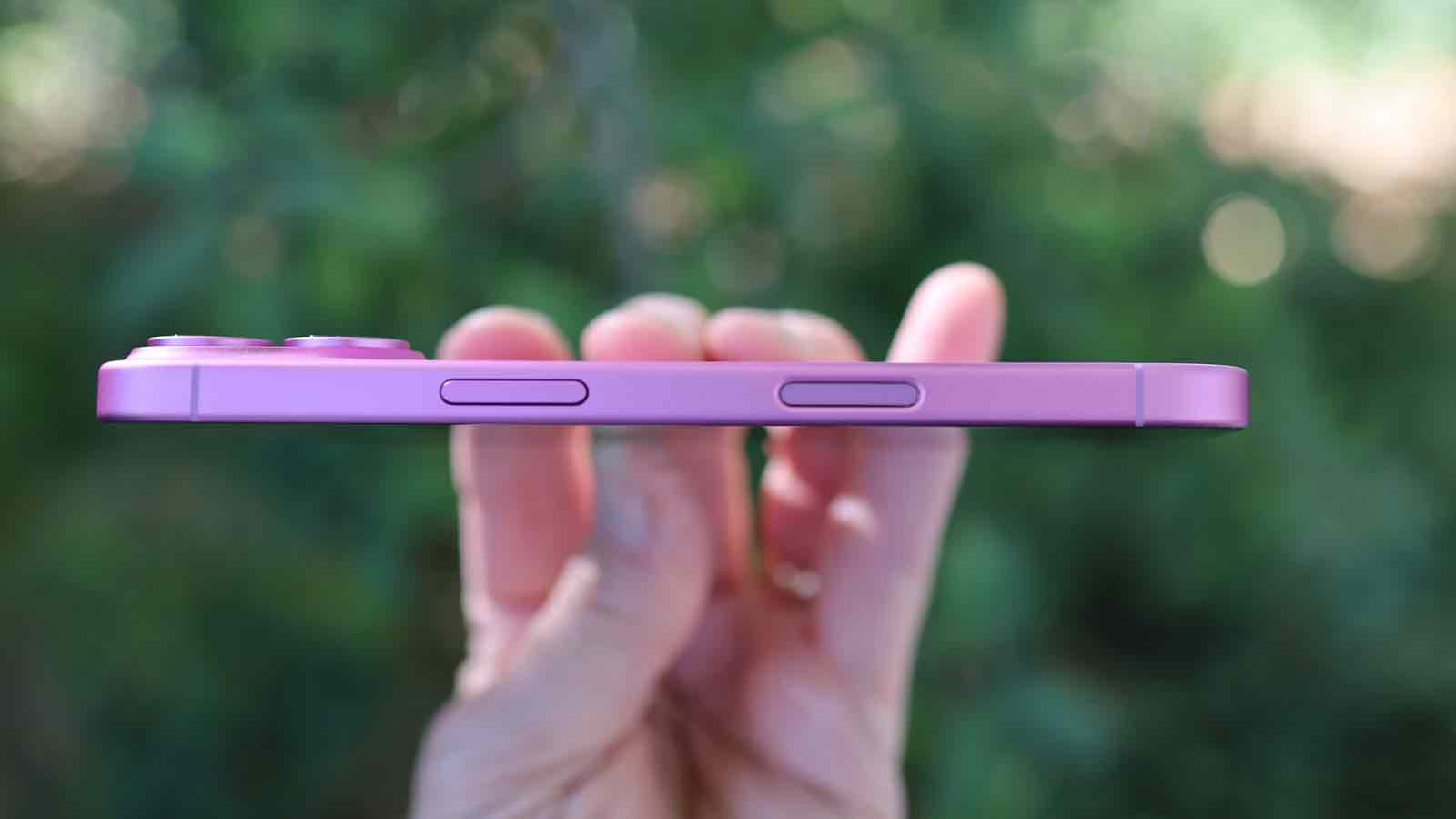
Specifications
Reasons to buy
Reasons to avoid
✅ You want a do-it-all iPhone: The iPhone 16 strikes a near-perfect balance between affordability and high-end features.
✅ You want access to Apple Intelligence: Although not exactly cheap, the iPhone 16 is the second-most affordable route into getting Apple Intelligence on an iPhone.
✅ You want a versatile camera system: The iPhone 16's Camera Control feature changes the game, particularly for content creators.
❌ You want a 120Hz display: The biggest, and perhaps only, thorn in the side of the iPhone 16 is its 60Hz display.
❌ You want a bigger screen: At 6.1 inches, the iPhone 16 is a compact phone by today's standards. If you prefer bigger phones, go for the iPhone 16 Plus.
For those who neither want nor need the feature overkill of Apple's Pro-level iPhones, the iPhone 16 is the best all-round phone on the market right now.
Why? Well, despite its relatively modest £799 price tag, Apple's latest base model still looks and feels like a flagship phone. In addition to the Action button inherited from the iPhone 15 Pro, the iPhone 16 gets an all-new Camera Control button – which can be used as a traditional shutter button or a zoom slider – as well as a long-lasting battery, 45W fast charging, and a gorgeous 6.1-inch Super Retina XDR OLED display.
Powering all of the above is the iPhone 16-exclusive A18 chipset, which facilitates a supremely slick scrolling, streaming, and gaming experience, not to mention the new and upcoming Apple Intelligence features.
In truth, Apple Intelligence is the only real reason (beyond the Camera Control button) to go for the iPhone 16 over the still excellent iPhone 15. Apple's 2023 base model remains a top-tier handset, but its incompatibility with Apple Intelligence makes the iPhone 16 a better buy for those willing to embrace AI. In that regard, the iPhone 16e is worth considering, too, though as you'll see in our iPhone 16e vs iPhone 16 comparison, you'll have to sacrifice some important hardware features.
On the photography front, the iPhone 16 brings welcome upgrades to image processing and low-light performance, but you're still getting essentially the same 48MP main and 12MP ultra-wide setup as on the iPhone 15. Mind you, that's not necessarily a bad thing; we called the iPhone 16 a "powerful camera" in our review, and although other phones on this list are objectively better for photography, the iPhone 16 is cheaper than almost all of them.
Our only real gripe with the iPhone 16 is its 60Hz refresh rate. If you've not used a 120Hz-equipped phone before, you probably won't care about that, and the iPhone 16 still feels speedy to the touch. However, it continues to be a feature that all of the best Android phones, bar none, have over Apple's base models.
Read our full iPhone 16 review
The best iPhone
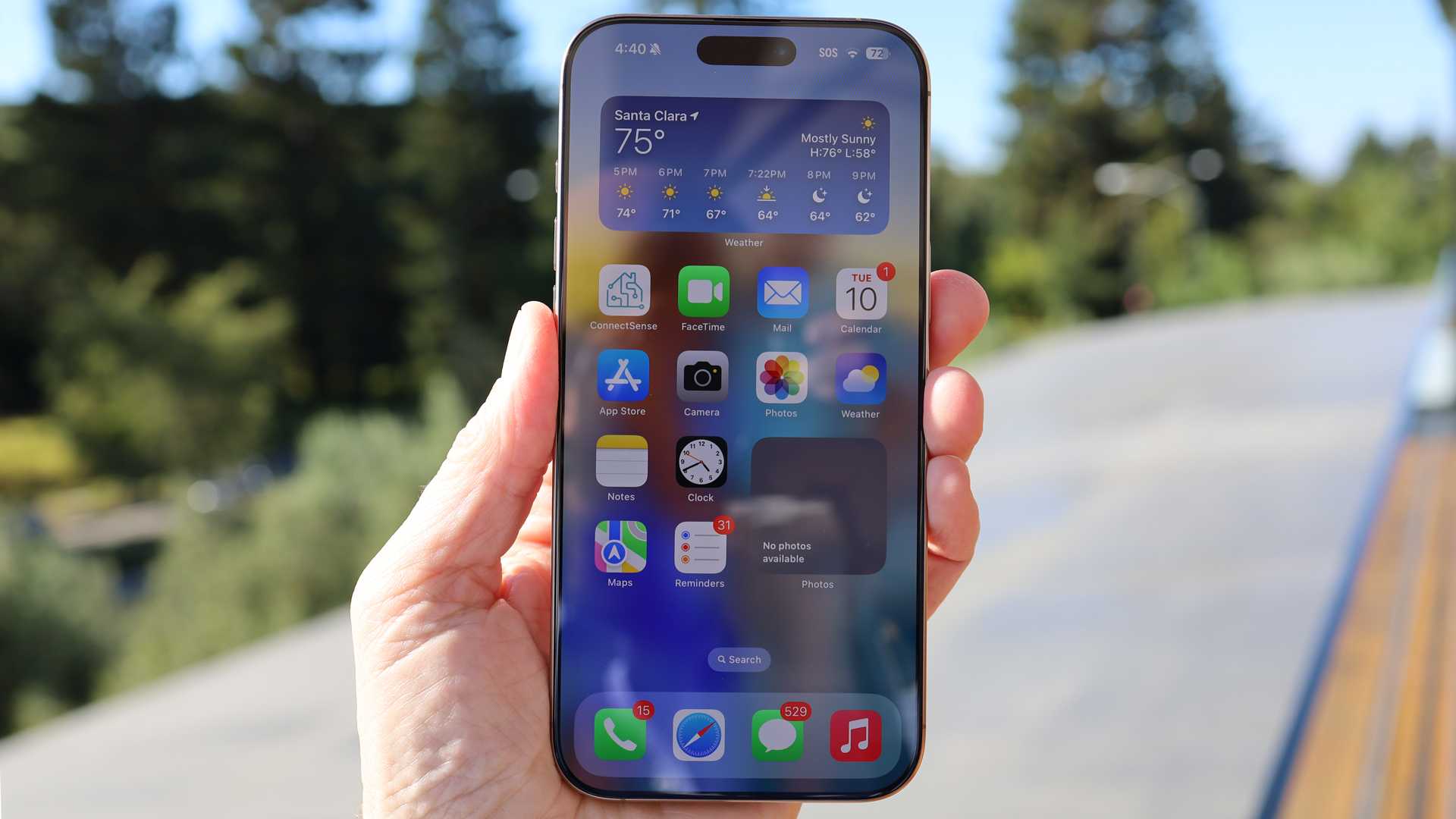
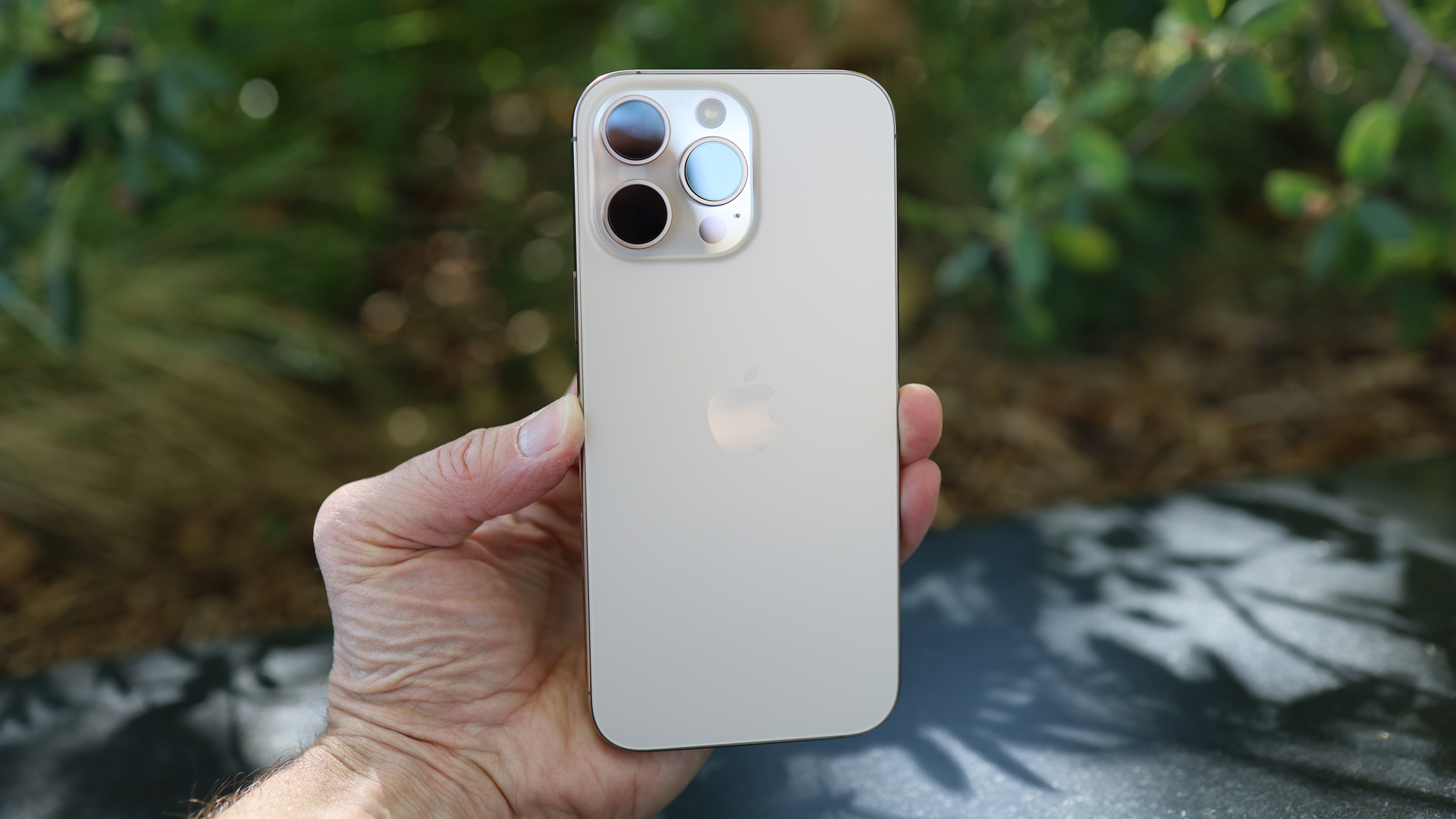
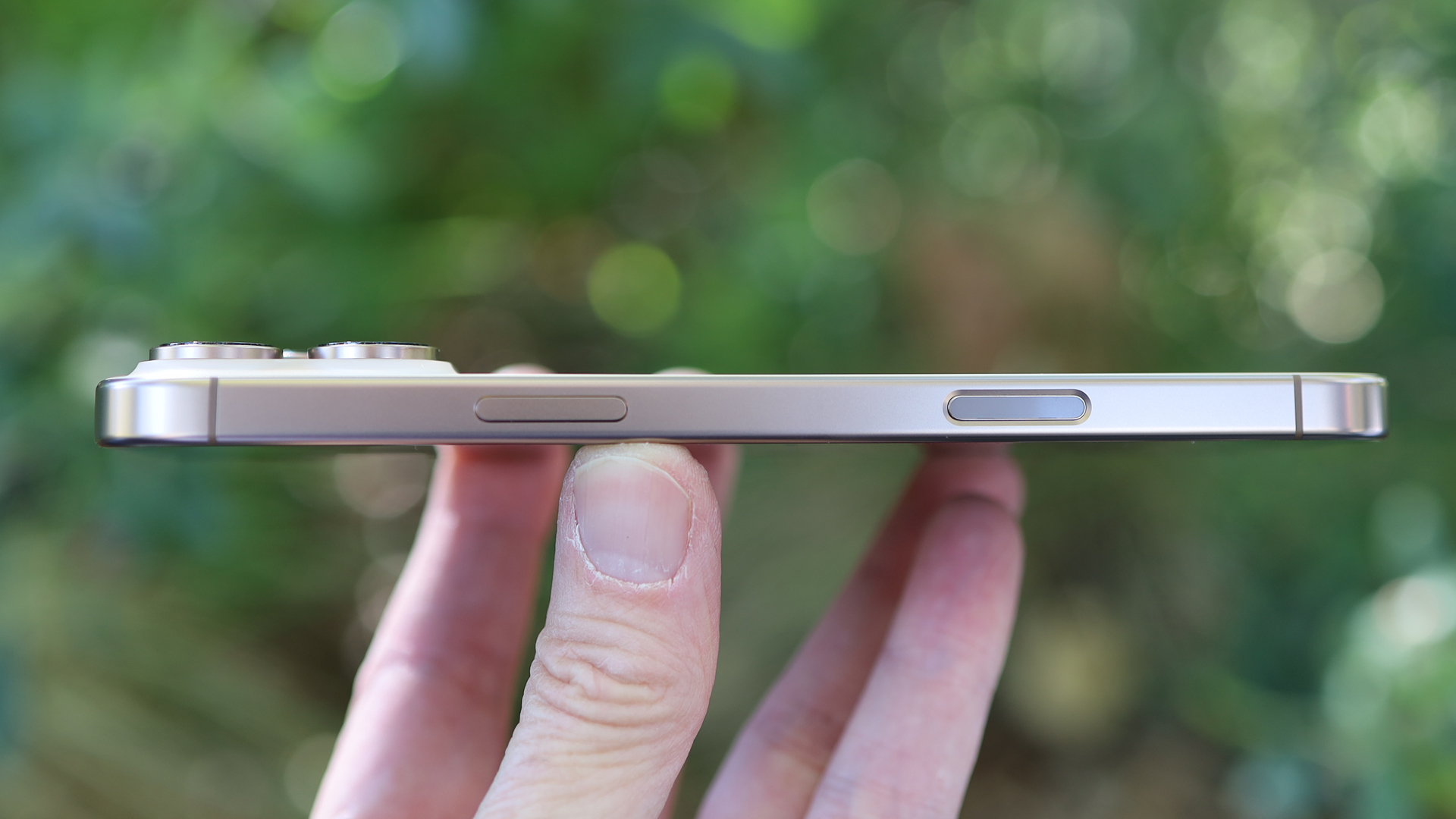

Specifications
Reasons to buy
Reasons to avoid
✅ You want the biggest and best iPhone: The iPhone 16 Pro Max is objectively the largest and most technologically advanced iPhone ever made.
✅ You want the most powerful phone: Apple's A18 Pro chipset is more powerful than anything else on the mobile market right now.
✅ You're ready to embrace AI features: Although just one part of the iPhone 16 Pro Max, Apple Intelligence is (and will remain) a key feature of Apple's latest flagship.
❌ You want the best mobile zoom camera: The iPhone 15 Pro Max's telephoto lens is impressive – but Samsung's 10x optical zoom on the Galaxy S23 is better.
❌ You don't like big phones: At 6.9 inches, the iPhone 16 Pro Max may feel unwieldy to some. The iPhone 16 Pro is arguably more comfortable to hold, at 6.1 inches.
If you're looking for the best iPhone money can buy in 2025, you've got two choices: the iPhone 16 Pro Max or the iPhone 16 Pro. Apple's latest Pro flagships are identical, save for their screen sizes (6.9 inches and 6.3 inches, respectively), and we've only selected the iPhone 16 Pro Max in the above entry because it's the bigger of the two phones.
On the design front, the iPhone 16 Pro Max boasts a stunning Super XDR OLED screen (with ProMotion), a beautiful titanium chassis, the all-new Camera Control button, and all of the usual bells and whistles that come with Apple's best iPhones.
The new A18 Pro chipset delivers mobile gaming performance that's comparable to some high-end PCs, and it also ensures that the iPhone 16 Pro Max can run Apple Intelligence features without a hitch (though it's worth noting that Apple Intelligence isn't yet available in its finished form).
In addition to a mightily impressive periscope zoom lens, the iPhone 16 Pro Max boasts a supremely capable 48MP quad-pixel main lens and a 48MP ultra-wide lens (the first of its kind on an iPhone), so mobile photographers won't be left wanting for versatility with Apple's latest flagship.
The iPhone 16 Pro Max also achieved a record-setting 16 hours of battery life in our testing, which is the best battery life result for any iPhone, well, ever.
All told, then, the iPhone 16 Pro Max is the most technologically advanced iPhone Apple has ever made – but you'll have to pay handsomely for the privilege of owning one (at least $1,199 / £1,199 / AU$2,149), and Samsung's similarly priced Galaxy S25 Ultra has slightly better cameras.
Read our full iPhone 16 Pro Max review
The best Samsung phone
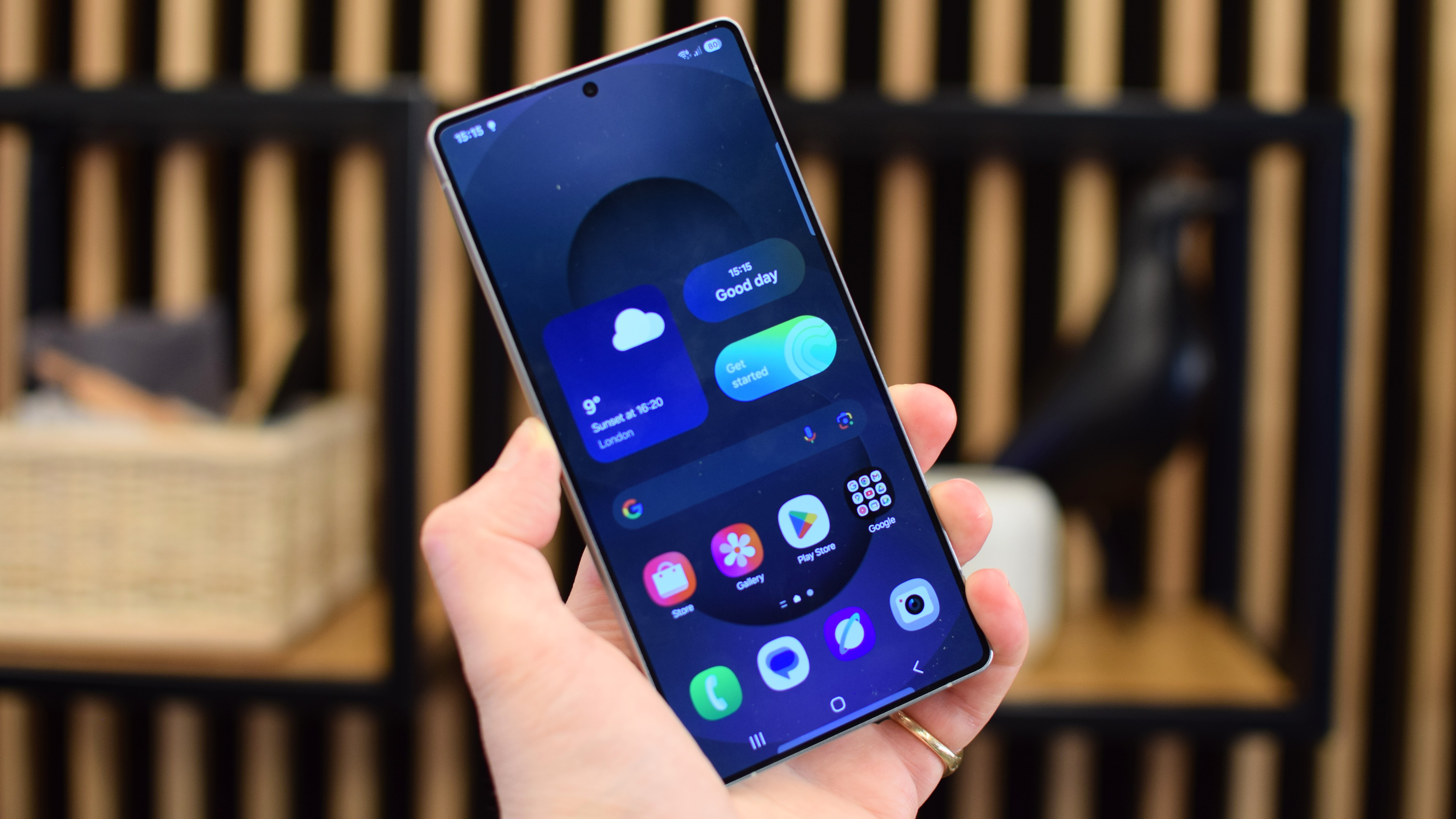
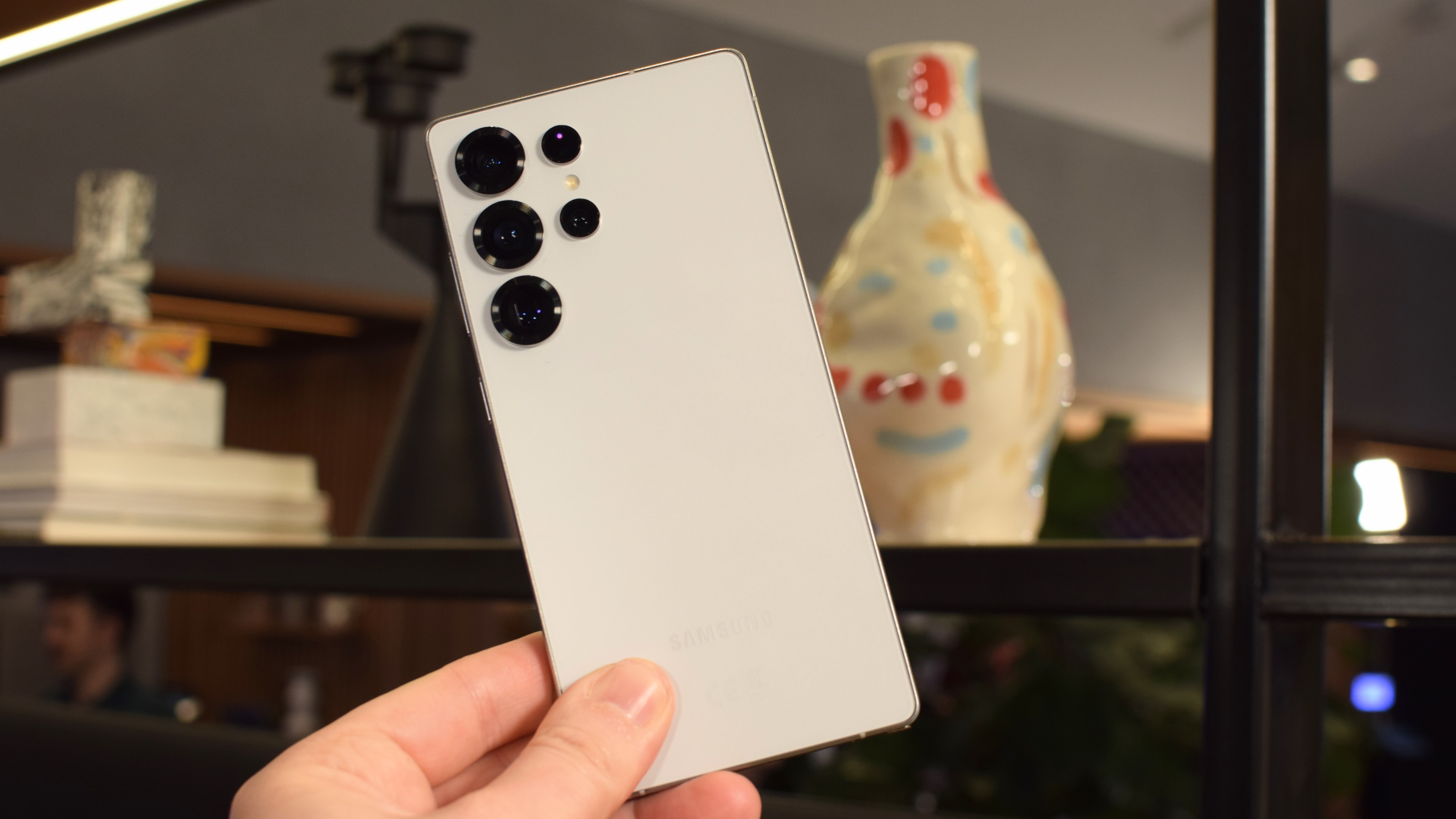
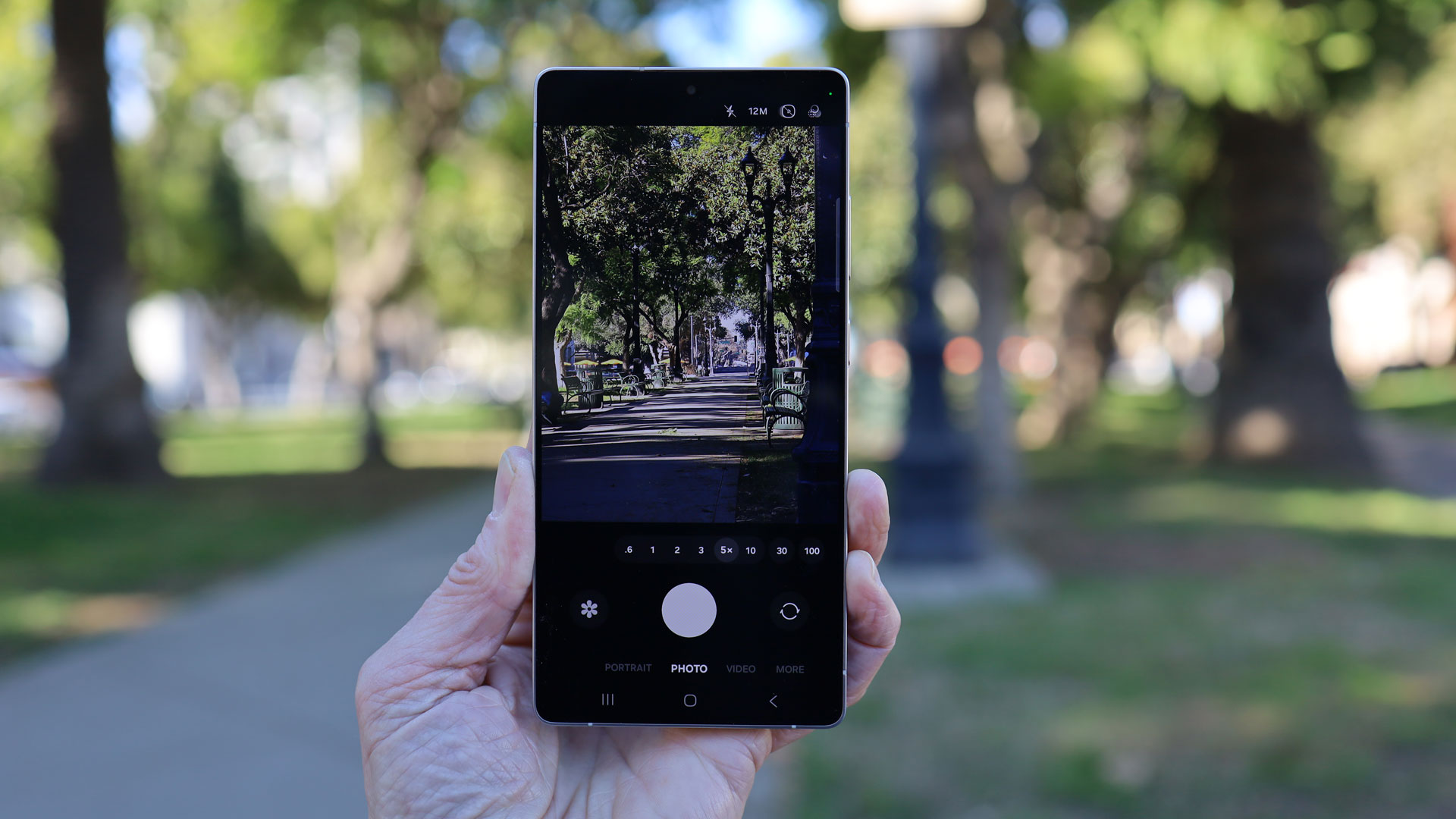
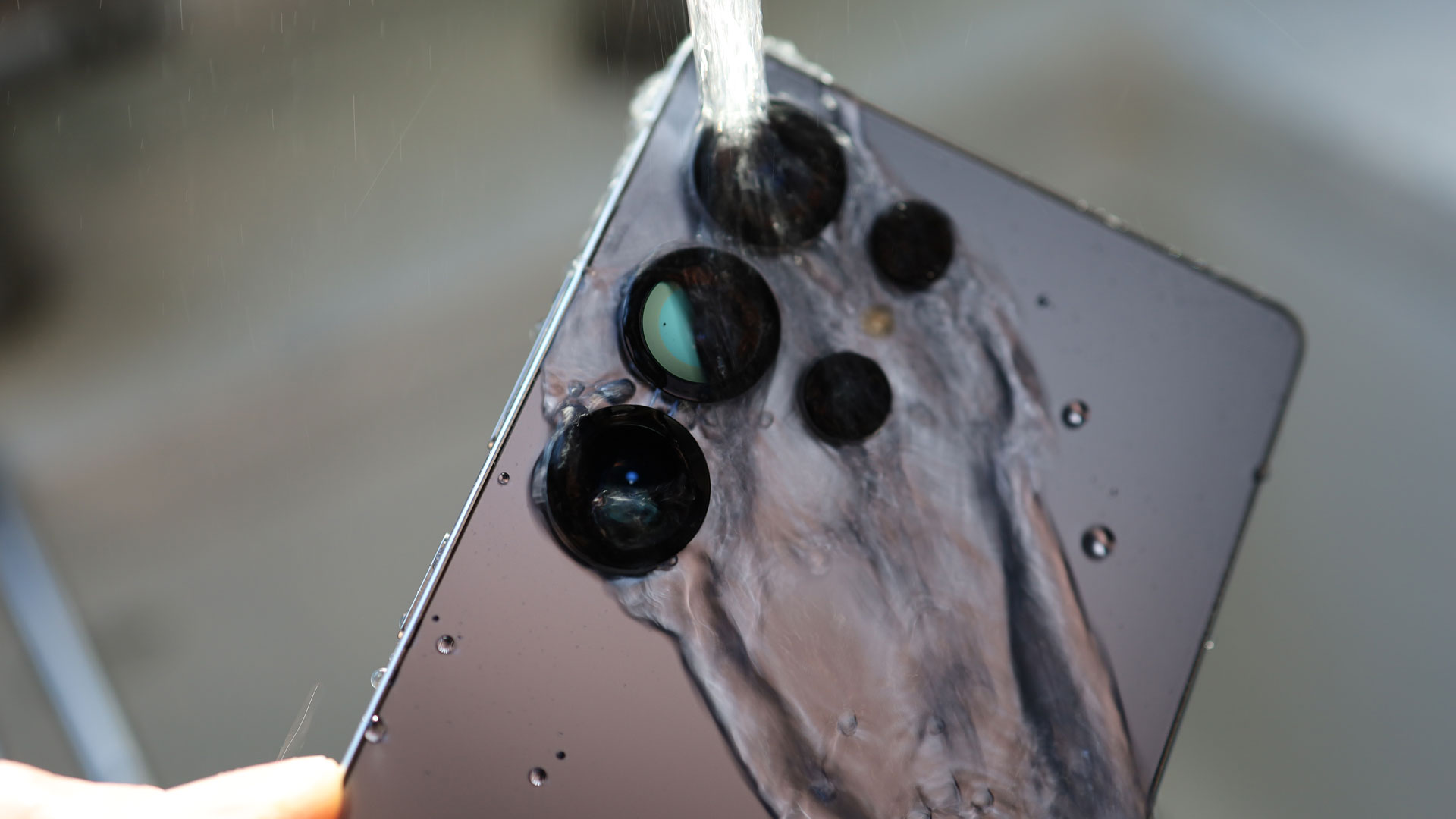
Specifications
Reasons to buy
Reasons to avoid
✅ You want the world's most versatile smartphone: The Galaxy S25 Ultra boasts more features than any other smartphone. On top of being a great phone, it can double as a laptop, a drawing tablet, or even a traditional camera.
✅ You're ready to embrace AI: Samsung's Galaxy AI features are some of the most fully-formed in the smartphone industry. If you're willing to embrace them, they will improve your experience immeasurably.
❌ You don't need so many features: As above, the Ultra offers everything and more. But if that's not what you need, you're betting off spending less elsewhere.
❌ You prefer elegance and simplicity: Samsung's mobile software is chock-a-block with features and customization options, which can appear overwhelming compared to simpler phones like the iPhone 16 Pro (which runs Apple's excellent iOS 18).
For the first time in a while, Samsung's latest Galaxy flagship feels like part of the wider Galaxy family. Not only does the Galaxy S25 Ultra share prominent design cues with its siblings, the Galaxy S25 and Galaxy S25 Plus, but it also boasts the same market-leading chipset and the same suite of Galaxy AI features.
So, why should you go Ultra this year? Well, quite simply because the Galaxy S25 Ultra remains the biggest, baddest Android phone on the block. If you're looking for a feature-packed device that can double as a laptop, a drawing tablet, or even a traditional camera, this is the model for you.
For starters, the screen on the Galaxy S25 Ultra measures 6.9 inches, up from 6.8 inches on the Galaxy S24 Ultra and, indeed, the Galaxy S25 Plus. The display itself is a Quad HD+ panel that auto-switches from 1Hz to 120Hz on an as-needed basis, and the Galaxy S25 Ultra also benefits from a new ProScaler technology that upscales lower-resolution content using AI (ProScaler is a feature of the Galaxy S25 Plus, too, but not the standard Galaxy S25).
The Ultra's design has been tweaked to feel more aligned with the rest of the Galaxy S25 lineup, but the phone still feels distinctly premium thanks to its titanium construction, boxier appearance, and, of course, the included S Pen.
Under the hood, a bespoke version of Qualcomm's Snapdragon 8 Elite chipset provides enough power to juggle a gazillion apps and run console-quality games, not to mention Samsung's new-and-improved suite of Galaxy AI features, which range from the usual photo editing tools to Now Brief (a personalized daily briefing) and Audio Eraser (which does what it says on the tin).
As for its cameras, the S24 Ultra's 200MP wide sensor returns for the S25 Ultra, but the former's 12MP ultra-wide has been replaced by a more powerful 50MP lens. In layman's terms, that means better low-light performance for ultra-wide shots and more detailed macro shots. Of course, the phone's unchanged 50MP and 10MP telephoto cameras remain impressive, too.
Unsurprisingly, the Galaxy S25 Ultra costs a small fortune – but if you want the best, you have to pay for it. This is indisputably the best Samsung phone (and potentially the best Android phone) you can buy today.
Read our full Samsung Galaxy S25 Ultra review
The best Pixel phone
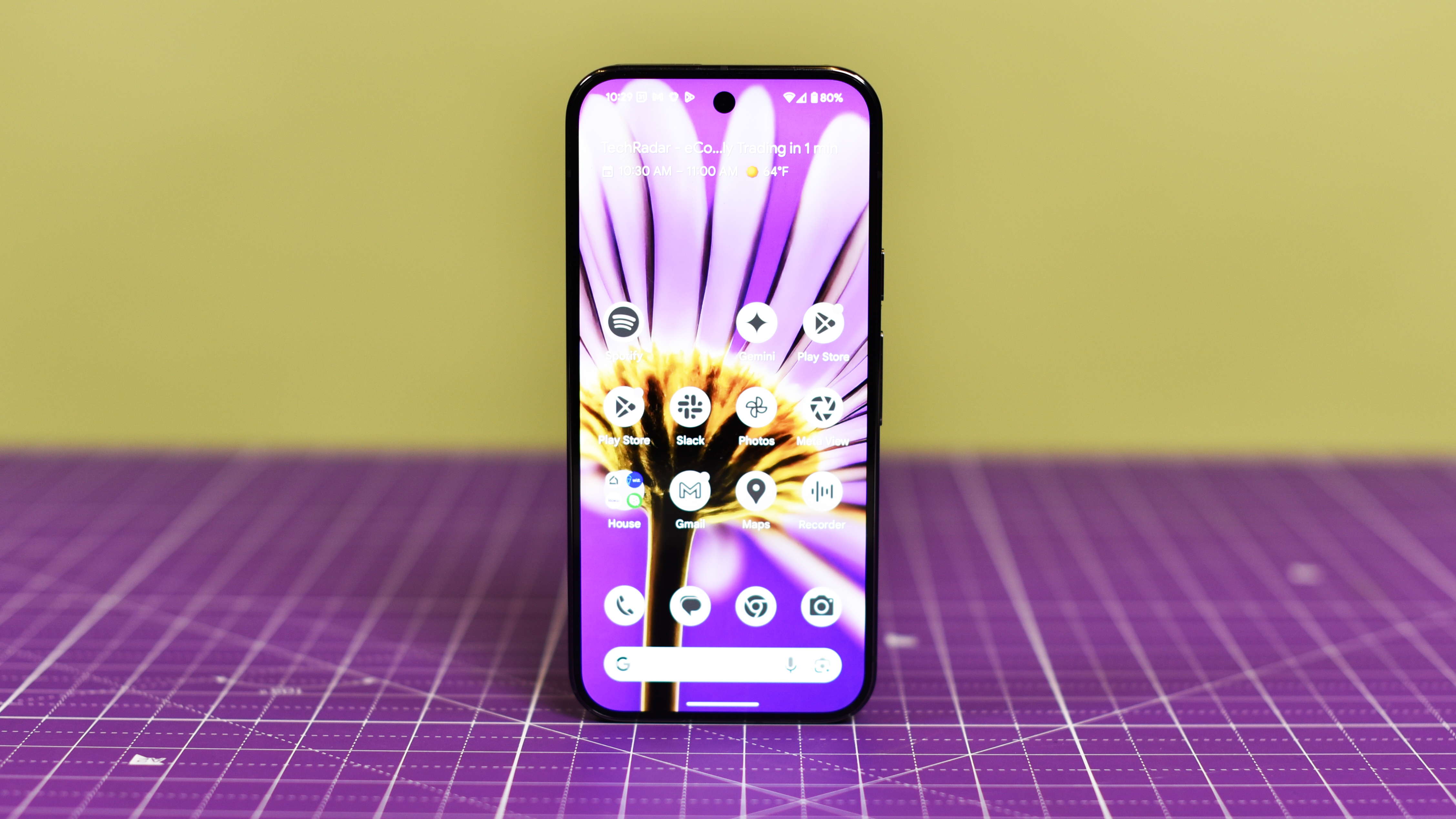
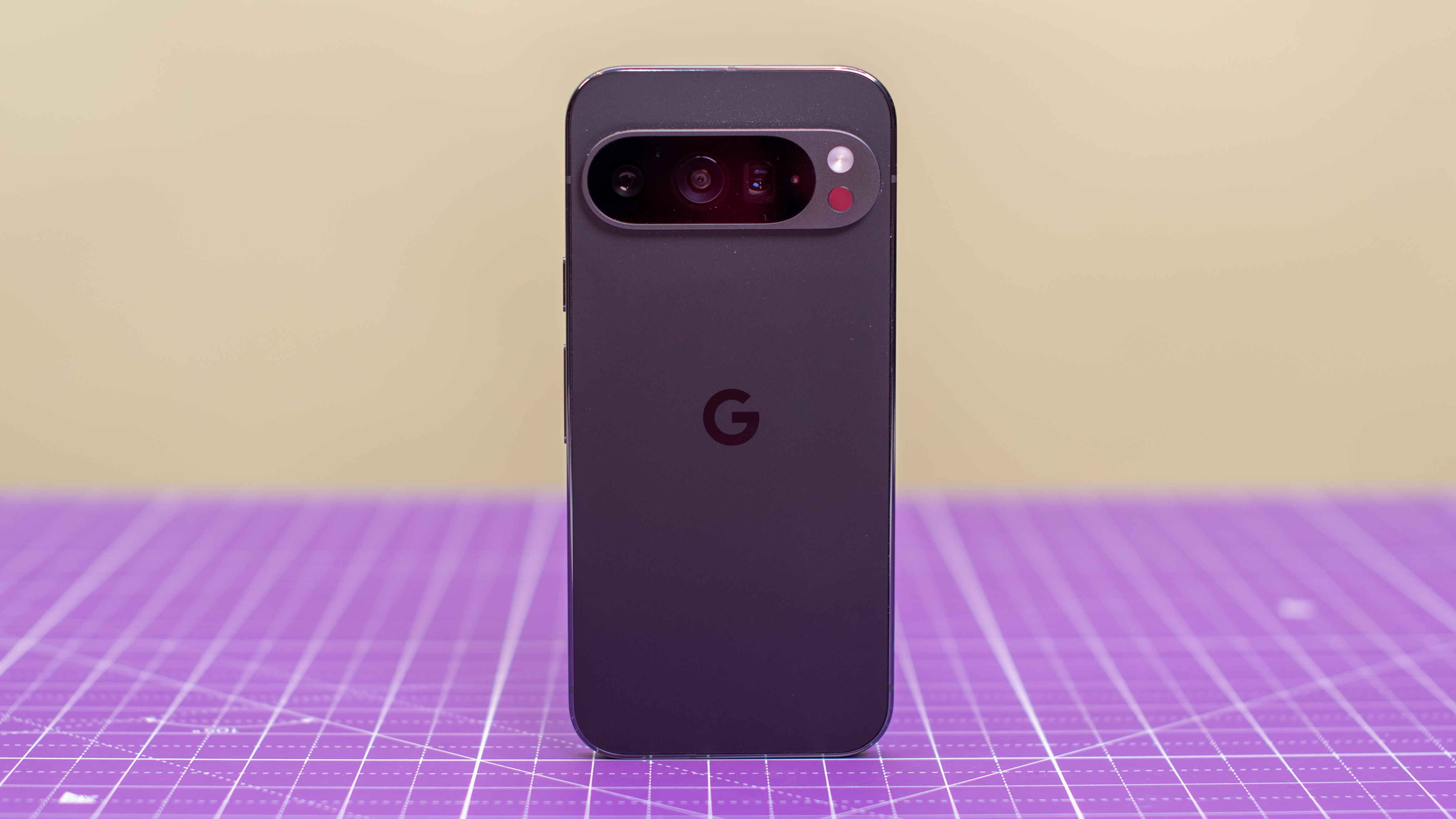

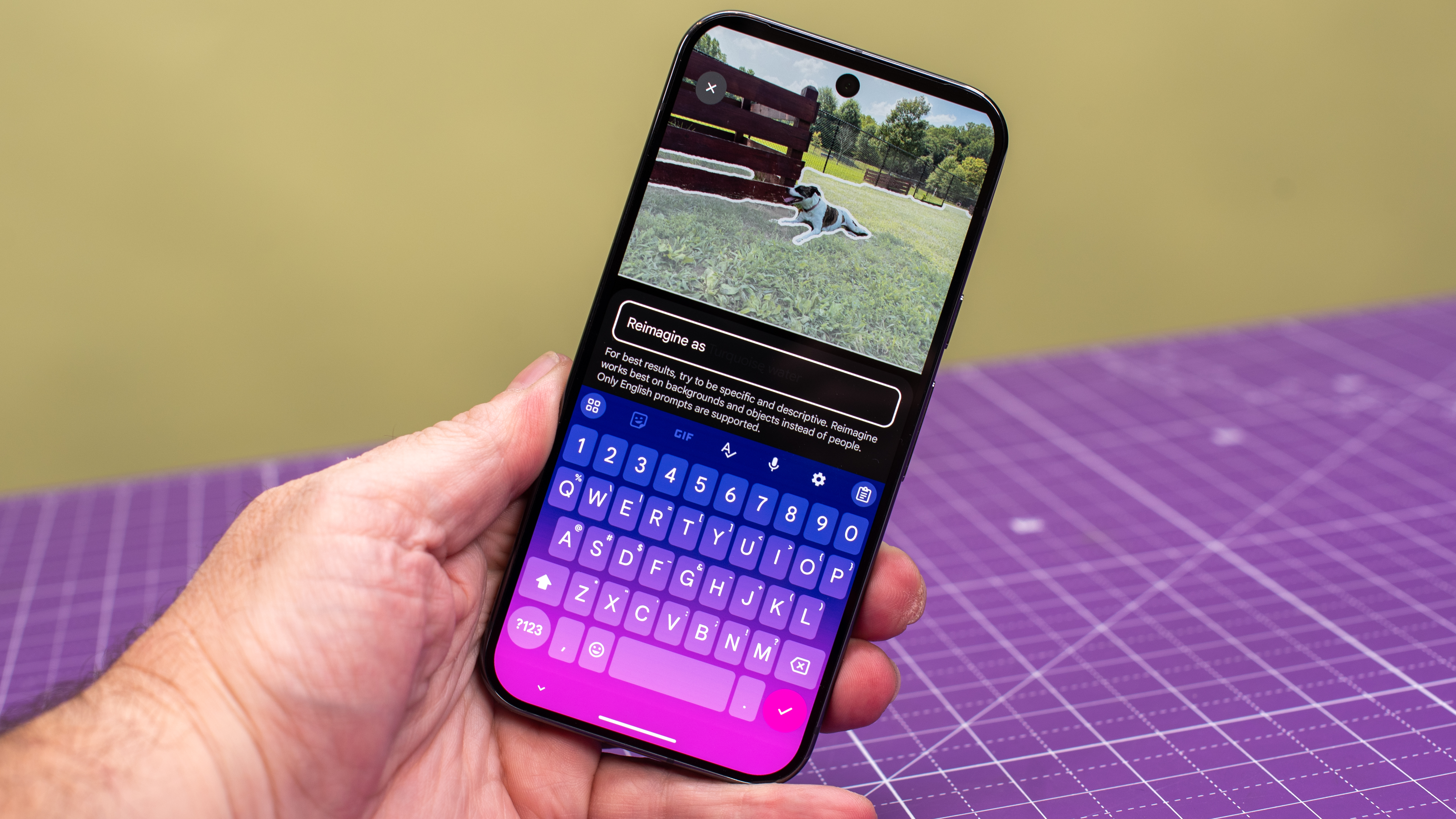
Specifications
Reasons to buy
Reasons to avoid
✅ You want a versatile camera phone: Pixel's latest flagship combines stellar camera hardware with a suite of AI-powered editing tools to help you snap perfect pictures.
✅ You've been waiting for a handsome Pixel: The Pixel 9 Pro looks better than any Pixel phone that's come before. Its premium finish and camera bump rival the iPhone 16 Pro for looks.
✅ You're keen to embrace AI: In addition to those AI-powered editing tools, the Pixel 9 Pro comes equipped with Gemini Live, Google's conversational chatbot.
❌ Your friends all have iPhones: If you're keen to be part of the crowd, Apple's recent iOS updates make a strong case for sticking with the same phone everybody around you is buying.
❌ You want the absolute best cameras: Despite the Pixel 9 Pro's undeniable photographic prowess, nothing beats the Galaxy S24 Ultra for camera capabilities and quality.
❌ You're not fussed about AI: The best things about the Pixel 9 Pro are powered by AI. If you're not fussed about embracing the future, pick another phone.
Google's Pixel 9 Pro is the best Pixel phone yet. Not only does it boast the best hardware of any Pixel device before it, but it also utilizes AI in a way that doesn't feel gimmicky – a rarity in the phone market as it stands today.
At the time of writing, the Pixel 9 Pro is indisputably the best AI phone. Google's multi-modal Gemini AI can answer all manner of questions with genuinely useful answers. Gemini Live will let you while away the hours talking about... whatever you want with the phone's built-in voice assistant. The new AI photography features can be downright magical when used correctly. Of course, this all means that you'll have to be willing to embrace AI if you buy the Pixel 9 Pro. If you couldn't care less, you're better off reaching for an older iPhone.
That said, the Pixel 9 Pro is no slouch on the hardware front, either. Google's Tensor G4 chipset can't keep pace with the latest chipsets from Apple and Samsung, but almost everywhere else, the Pixel 9 Pro is a true flagship phone.
It's the best-looking Pixel phone yet, and arguably it feels better in the hand than the iPhone 16 Pro Max or Galaxy S25 Ultra. The cameras are supremely versatile, too, even when not used in combination with those aforementioned AI editing features.
The Pixel 9 Pro's 6.3-inch Super Actua display is among the best mobile displays around, and if you'd rather have a bigger 6.8-inch display, there's always the slightly more expensive (but otherwise identical) Google Pixel 9 Pro XL to consider.
Read our full Google Pixel 9 Pro review
The best budget phone
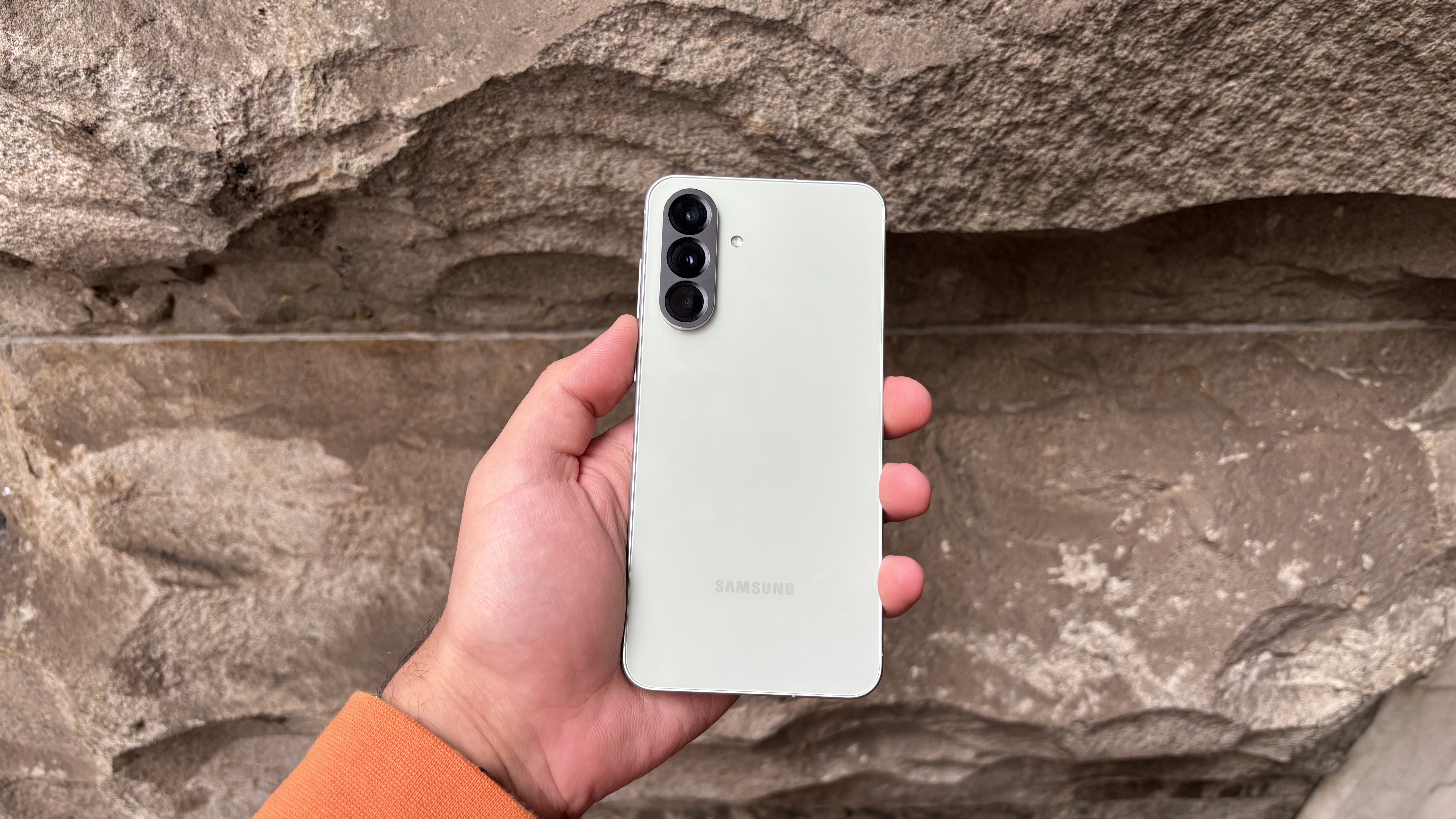
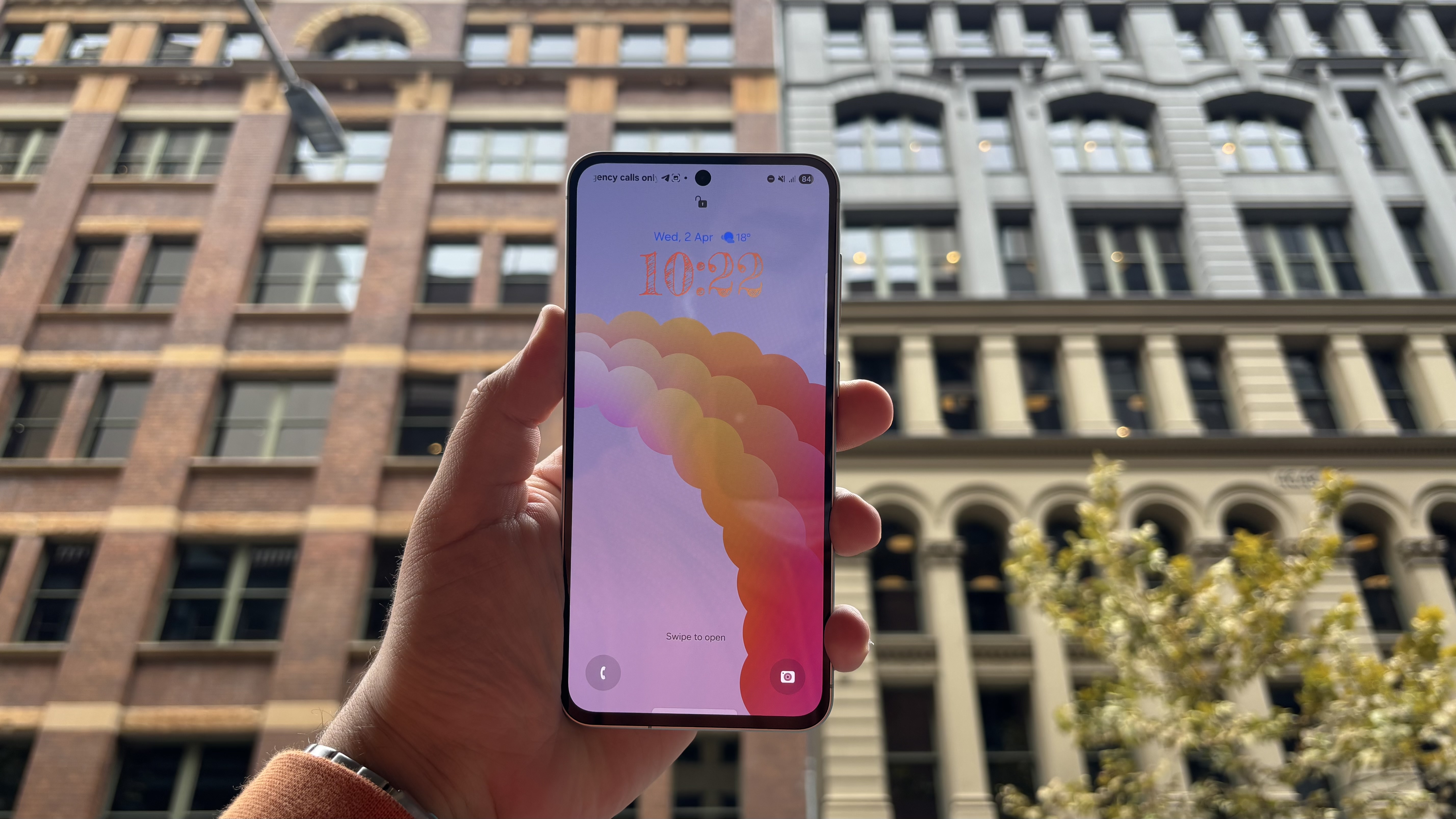
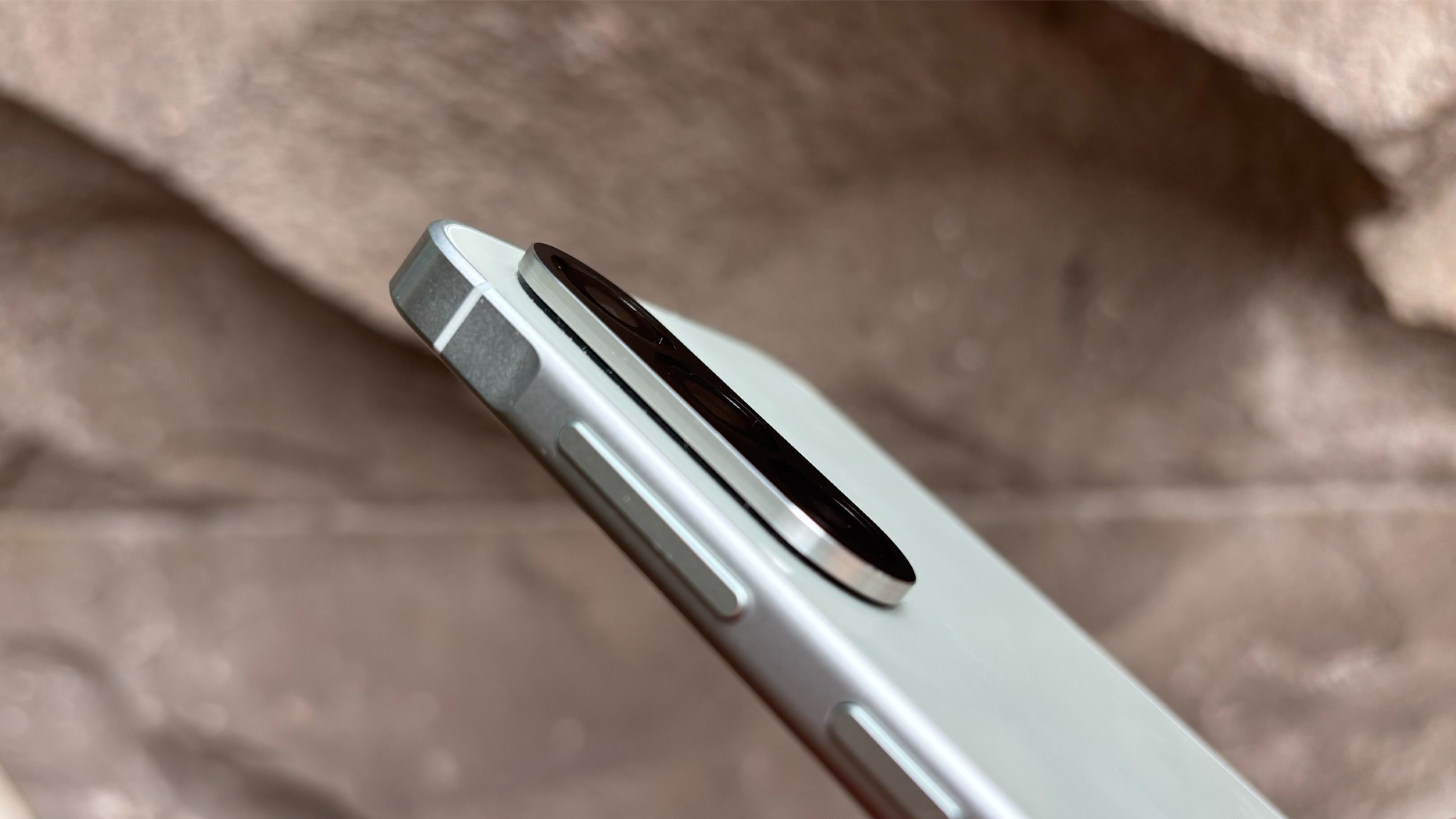
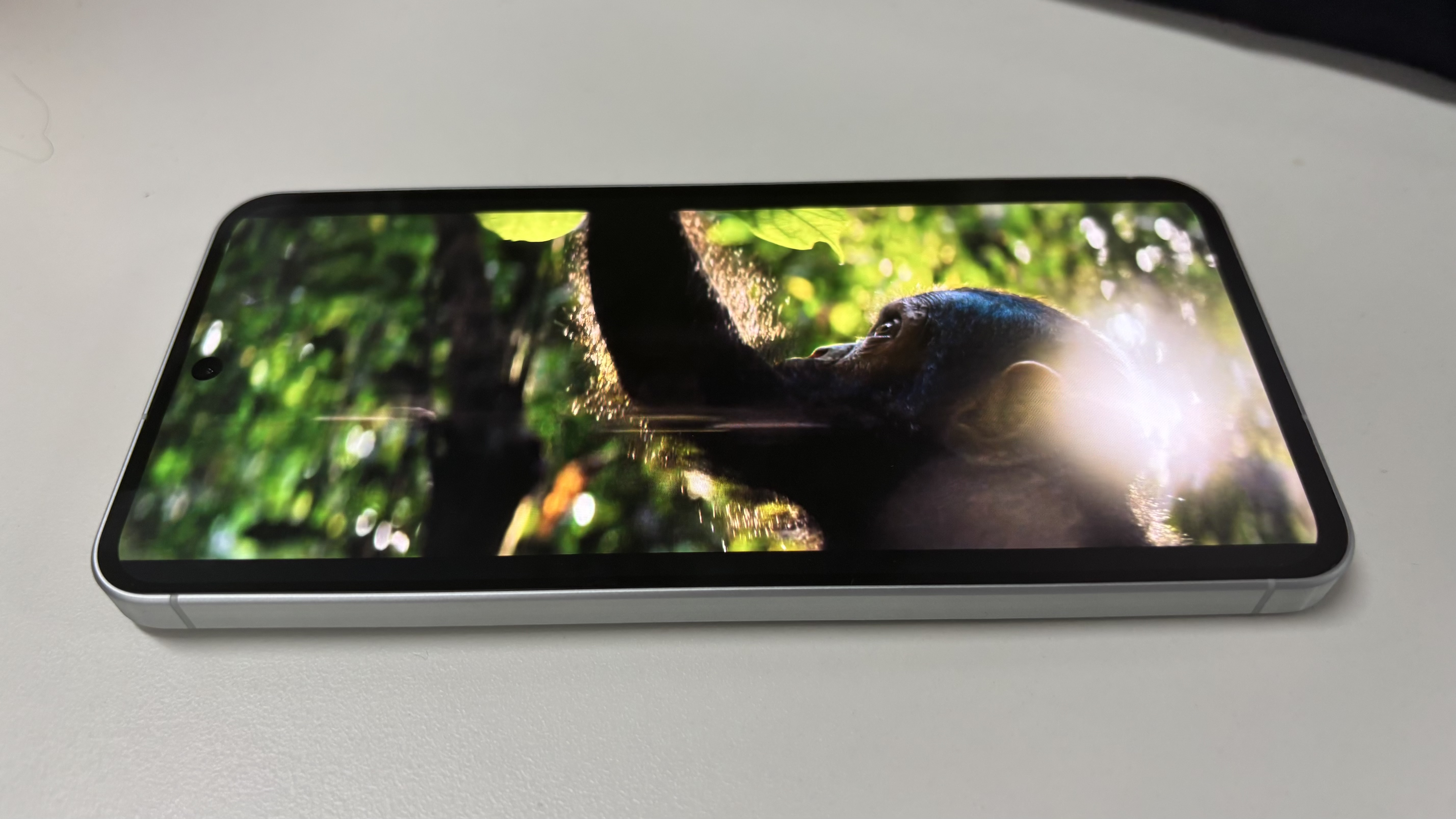
Specifications
Reasons to buy
Reasons to avoid
✅ You want a premium design without the price tag: Brushed metal sides and Gorilla Glass Victus protection make the Galaxy A56 both stylish and durable.
✅ You want to try AI on the cheap: The Galaxy A56 uses a dialled-down version of Galaxy AI, but it still gets the most useful Galaxy AI features.
✅ You want a cheap phone with longevity: Samsung's seven-year update commitment to the Galaxy A56 is the joint-longest in this price range.
❌ You need serious performance: The Galaxy A56 excels in all areas except performance. For strong mobile gaming credentials, you'll need to look elsewhere.
❌ You want the best AI tools: Despite packing the best of Galaxy AI, the Galaxy A56's Awesome Intelligence feature suite isn't as comprehensive as Galaxy AI proper.
❌ You want the best camera phone: The Galaxy A56 offers excellent cameras for the price, but you'll need to spend a lot more for top-end camera hardware.
Let's get one thing straight: the Samsung Galaxy A56 is not the cheapest phone you can buy. Heck, it's not even the cheapest Samsung phone you can buy. But at £499, it offers supremely impressive value for money in the face of £1,000-plus flagships like the Galaxy S25 Ultra, and for that reason, it's our current choice for the best budget phone in the UK.
Almost every hardware spec on this phone is impressive. There's the long-lasting 5,000mAh battery, the IP67-protected metal design, the bright 6.7-inch AMOLED display, and the trio of capable cameras (you'll get a 50MP main snapper, a 12MP ultra-wide, and a 5MP Macro lens).
The phone's software, too, is clean and snappy, with Samsung's Awesome Intelligence feature suite bringing the best of Galaxy AI to the lower end of the price spectrum.
If we've one criticism of the Galaxy A56, it's the phone's Exynos 1580 chipset, which is powerful enough for everyday smartphone tasks (think scrolling, streaming, and messaging) but can't keep up with the intense demands of mobile gaming. If you're looking to play titles like Fortnite and Call of Duty: Mobile, you're better off going for the Poco X7 Pro or a more expensive Android handset.
All told, then, the Galaxy A56 fulfils its brief as a feature-packed midrange smartphone that will satisfy all but the most demanding buyers. It’s durable, good-looking, long-lasting, offers a tidy UI, has helpful AI features, and produces decent photos across the board.
The phone is only really held back by a lack of power for intense performance tasks, but since it’s not designed for mobile gaming, it's an easy recommendation for most people.
Read our full Samsung Galaxy A56 review
The best value phone
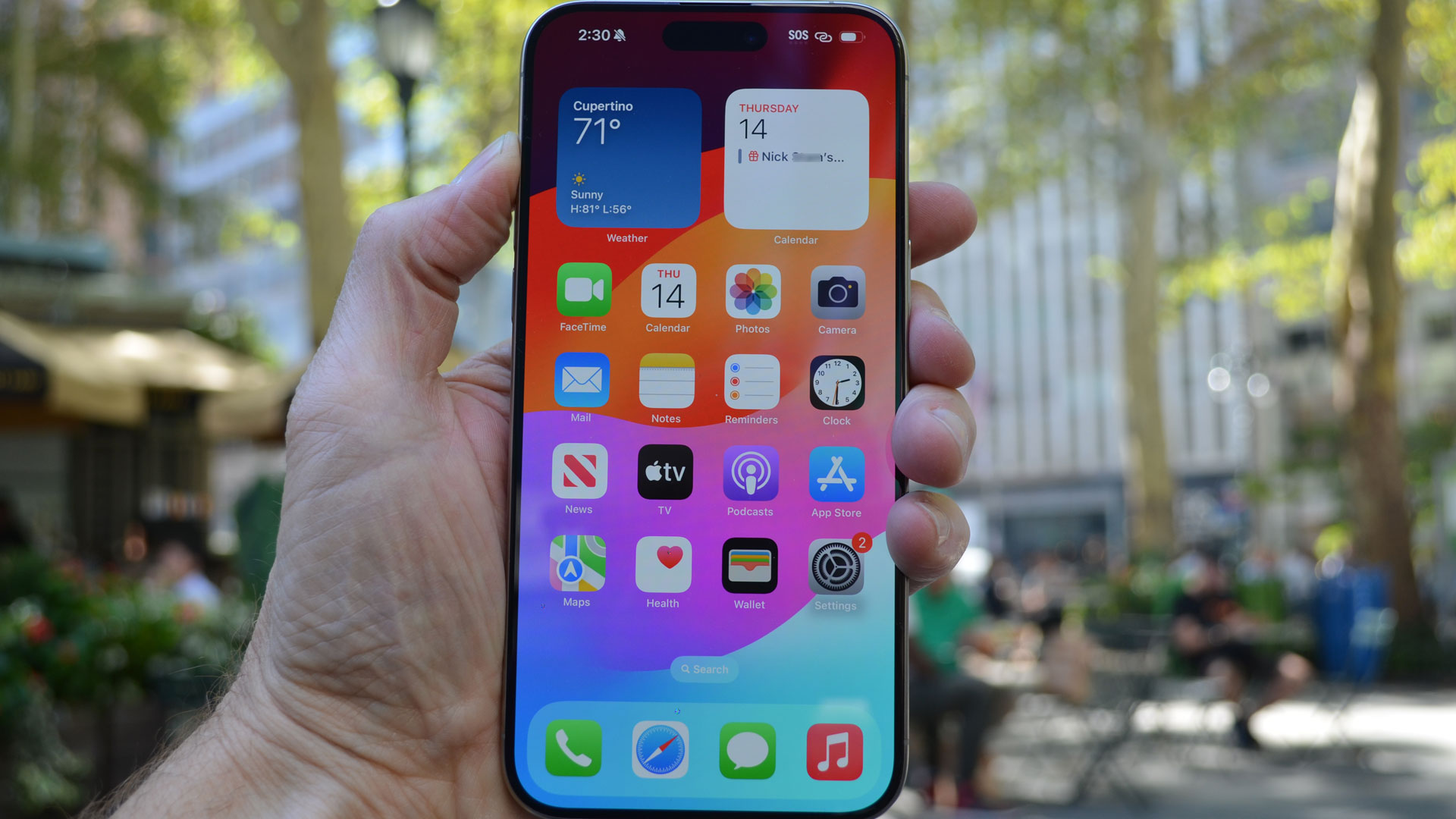
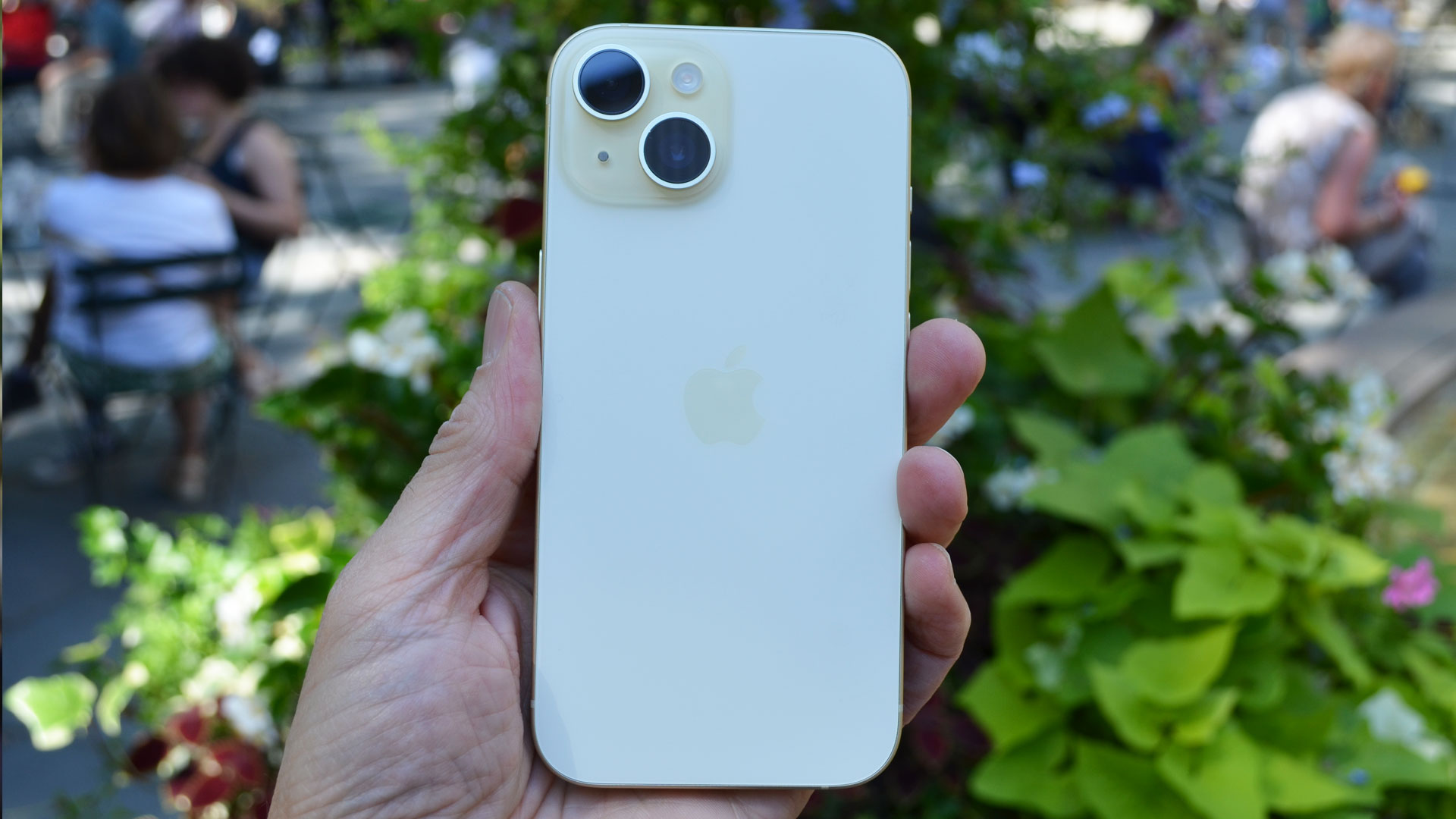
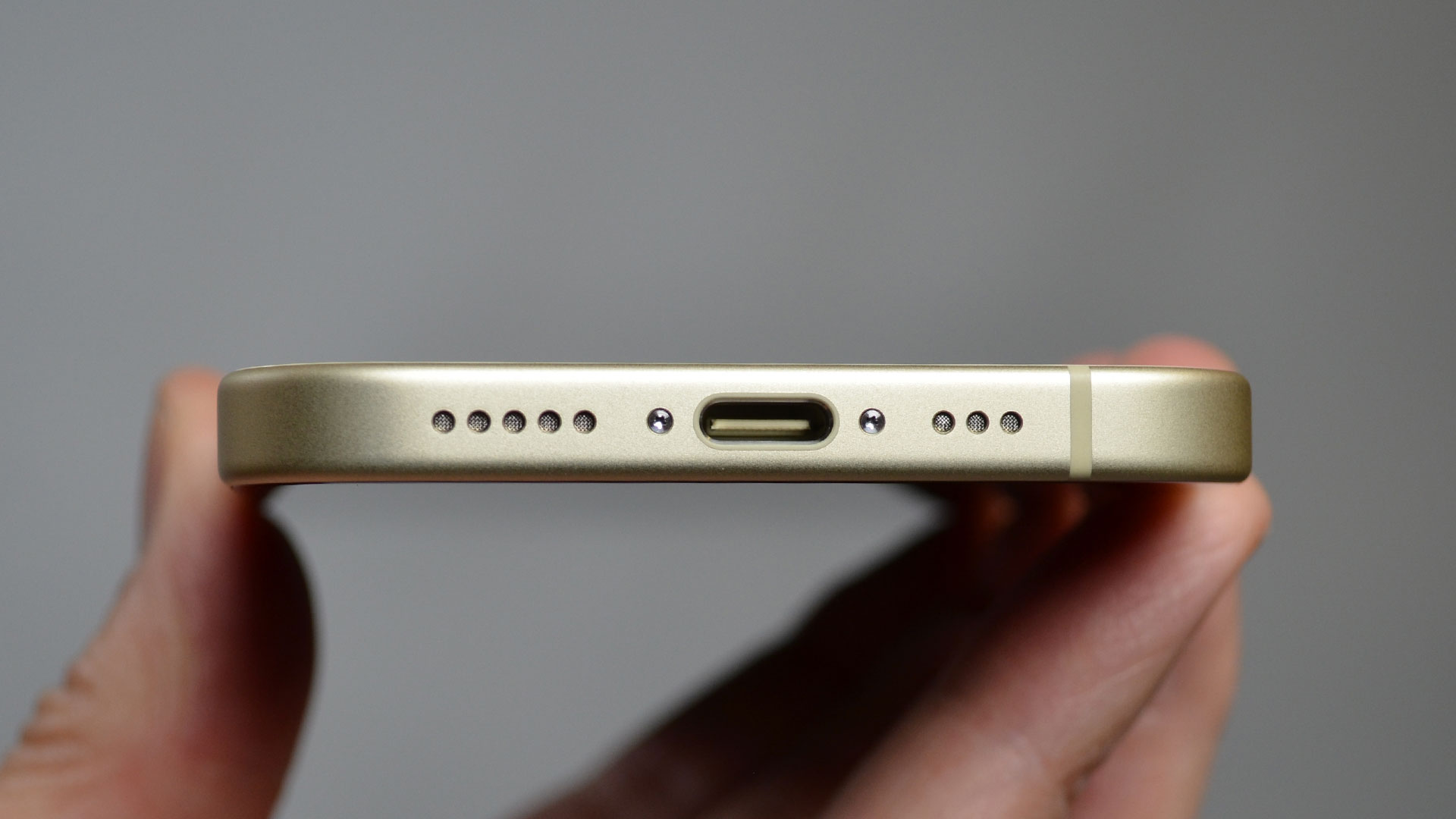
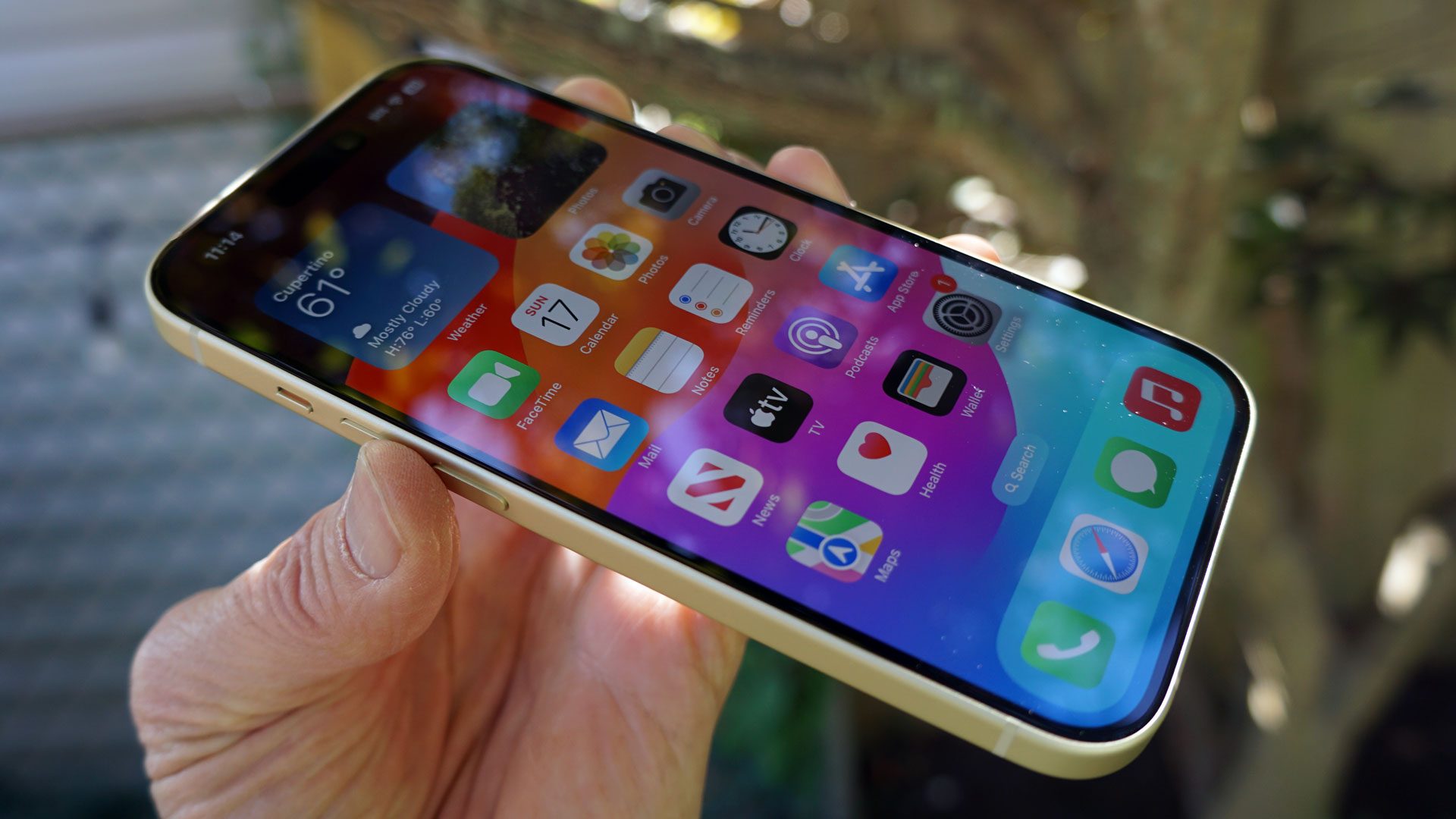
Specifications
Reasons to buy
Reasons to avoid
✅ You want a great iPhone at a great price: The iPhone 15 strikes a nice balance between price and cutting-edge features, which is a rare thing for Apple's standard iPhones.
✅ You want a camera upgrade: Between the excellent portrait photography capabilities and 48MP main camera, the iPhone 15 offers Pro-style camera specs without demanding that you break the bank.
❌ You like big phones: The iPhone 15's 6.1-inch screen might feel cramped if you currently own an iPhone Pro Max, iPhone Plus, Galaxy Plus or Galaxy Ultra phone.
❌ You want AI features: The iPhone 15 isn't compatible with Apple Intelligence. If you're keen to embrace AI, pick up an iPhone 16 instead.
At its launch in 2023, the iPhone 15 marked the most significant step up for a base iPhone in several years, and it continues to be a stellar pick despite the arrival of the newer iPhone 16 series. For buyers who aren't fussed about AI, it's absolutely worth considering against the more expensive Pro models.
The bottom line is this: Apple's recent Pro phones boast titanium sides, 120Hz scrolling, and high-spec zoom photography, but if you're not overly concerned by any of those features, then the standard iPhone 15 offers pretty much everything you could want from a flagship phone, but for significantly less money.
The iPhone 15's 6.1-inch Super XDR OLED display is a sight to behold, its A16 Bionic chipset is plenty fast enough for the average mobile user, and its USB-C port brings a versatility to the iPhone that we hadn't seen before its arrival. Despite the absence of a Pro moniker, you're still getting a supremely capable 48MP main camera, as well as Apple’s fancy digital screen cut-out, the Dynamic Island, all delivered in a sleek and eye-catching design package.
Apple's standard models once felt like minor upgrades that paled in comparison to their respective Pro-level counterparts, but the iPhone 15 bucked that trend by being (and still being) a genuinely great-value product in its own right.
As alluded to above, it's worth noting that Apple's Apple Intelligence features are limited to iPhones running the A17 Pro chip or newer. In other words, you'll need to go for the iPhone 15 Pro, iPhone 15 Pro Max, or any iPhone 16 model (including the iPhone 16e) if you're keen to own a future-proofed AI iPhone. For our money, though, the iPhone 15 still offers the best balance of price and features.
Read our full iPhone 15 review
The best alternative flagship phone
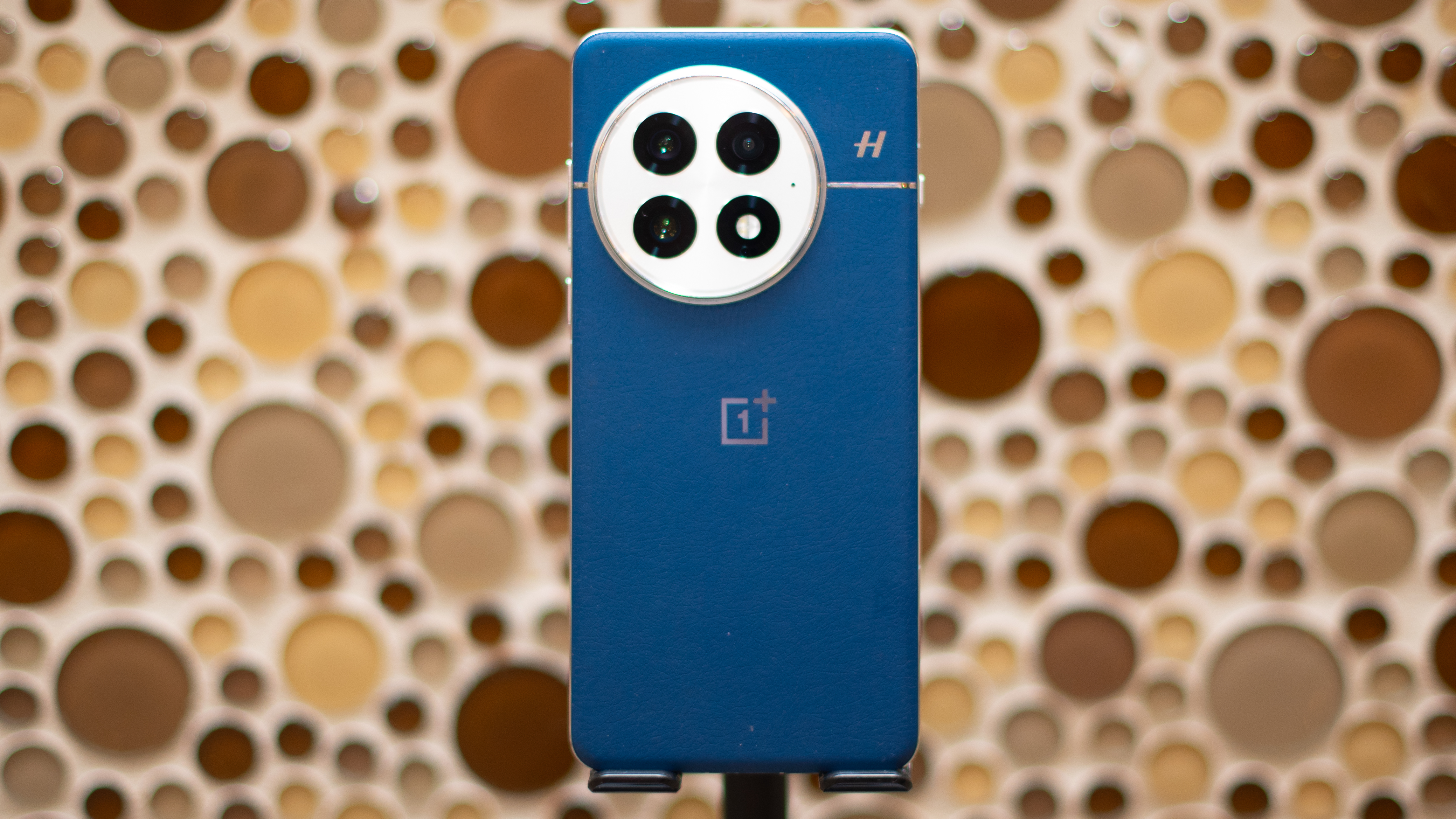
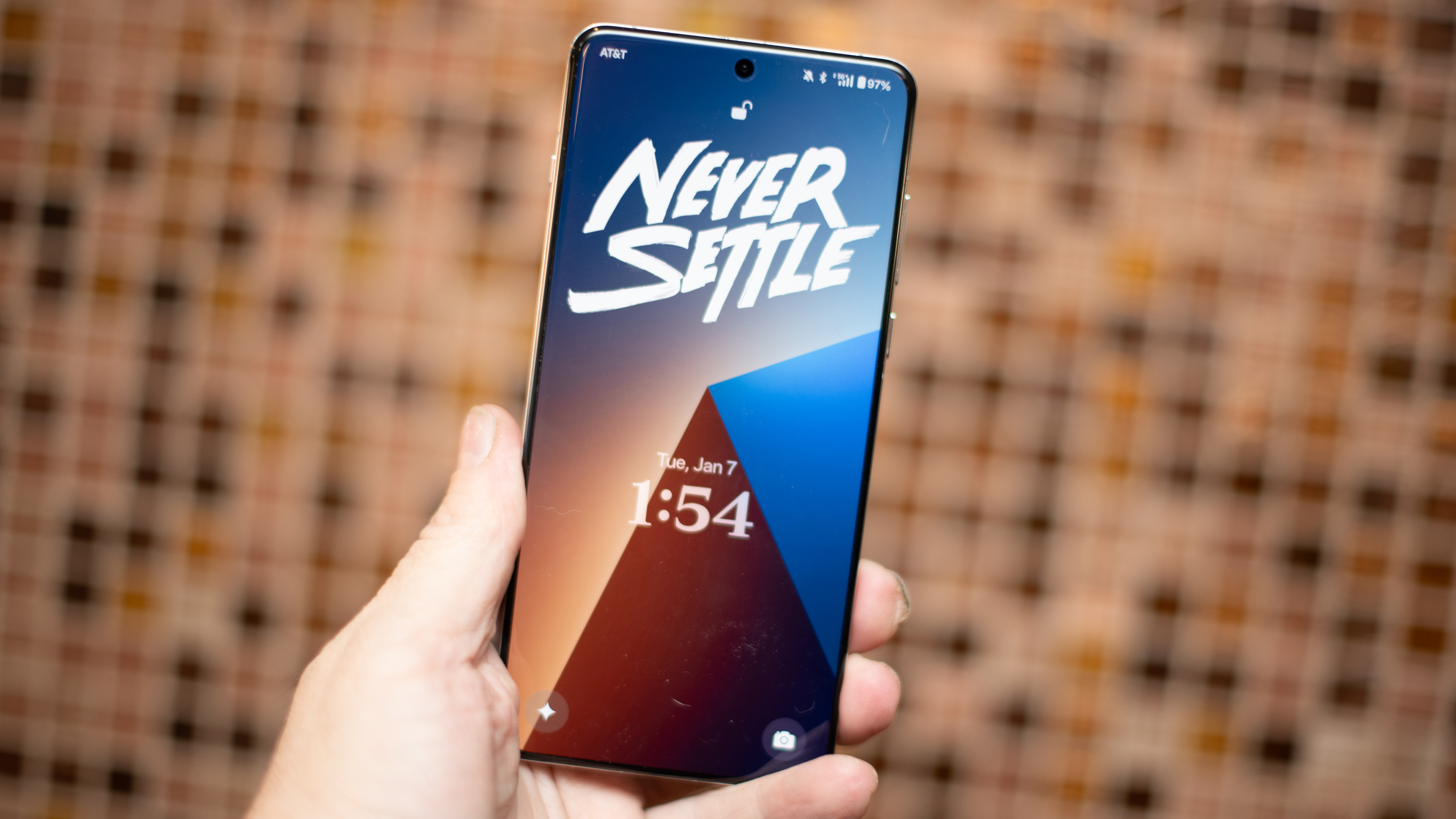
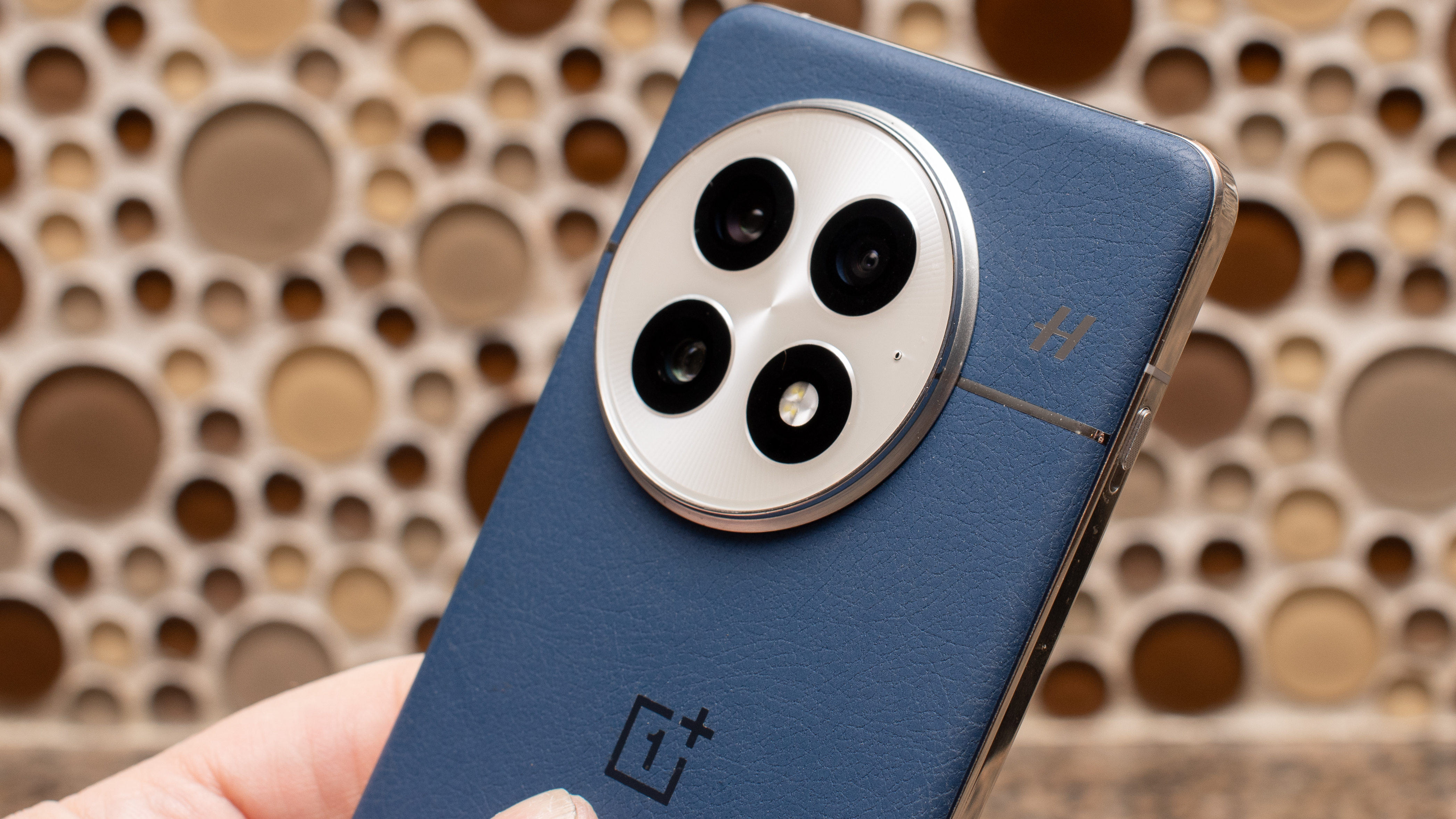
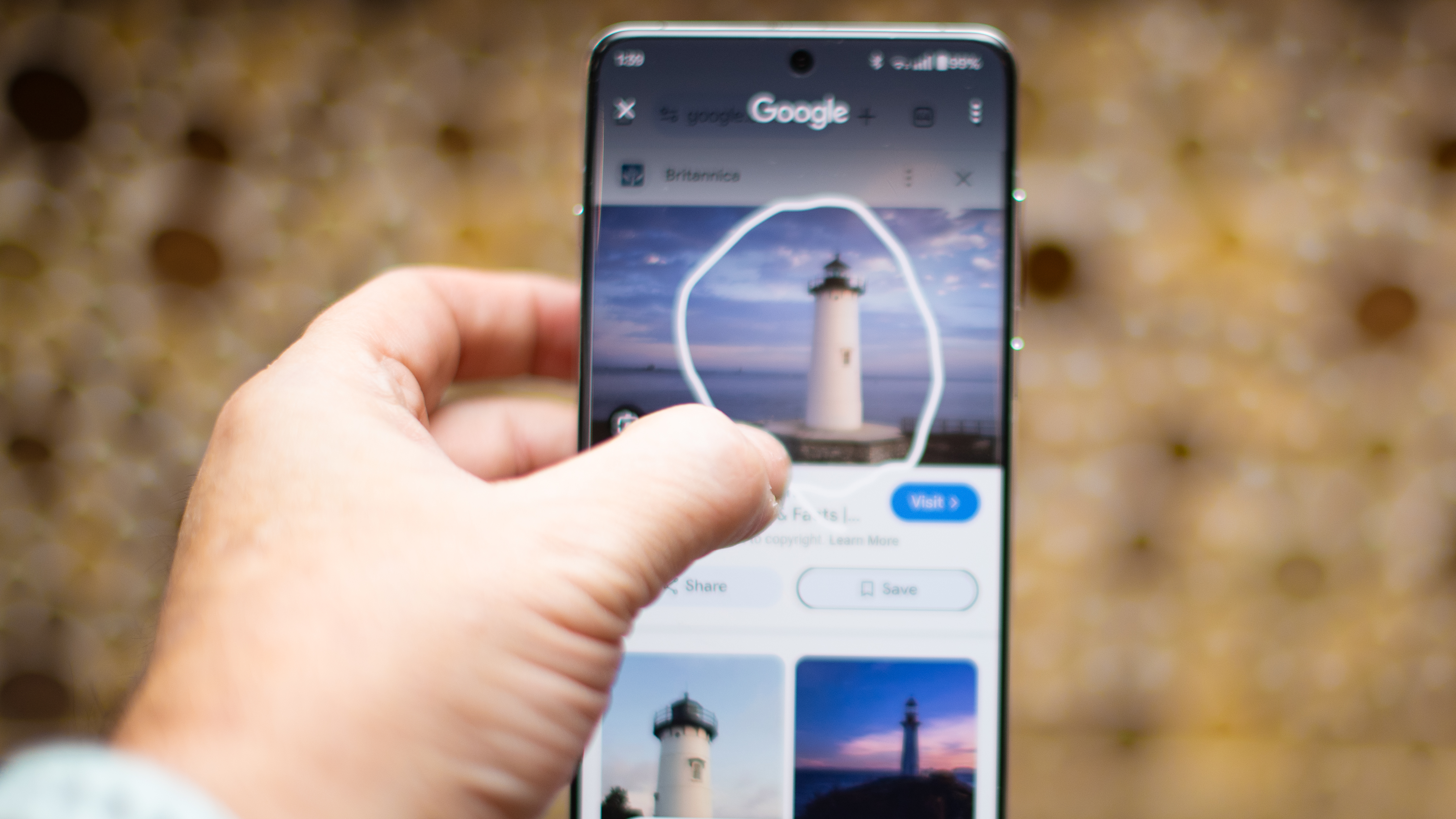
Specifications
Reasons to buy
Reasons to avoid
✅ You want an Android flagship that stands out from the crowd: The OnePlus 13 boasts an eye-catching, shockingly durable design that's sure to turn heads.
✅ You want the best battery life: The OnePlus 13 offers some of (if not the) best battery life of any flagship smartphone, and it charges stupidly quickly, too.
✅ You're a keen action photographer: The action mode on the OnePlus 13 delivers amazing high-speed shots, and low-light shooting is also a breeze on this phone.
❌ You want the very best camera phone: Despite its class-leading action cam credentials, the OnePlus 13 can't quite match the Galaxy S24 Ultra and iPhone 16 Pro in everyday photo situations.
❌ You want comprehensive AI tools: The OnePlus 13 does feature a host of useful AI tools, but Samsung's Galaxy S25 devices benefit from agentic AI features that OnePlus just can't match yet.
When we say the OnePlus 13 is the 'best alternative flagship phone', we mean it's among the most impressive new flagships produced by a company that isn't Apple, Samsung, or Google. To put it another way: this is a phone for those who want to stand out from the crowd.
In our OnePlus 13 review, we described OnePlus' latest flagship as "more than just a pretty face", and it earns that designation and then some. Yes, its design is visually striking as well as impressively durable, but the OnePlus 13 earns its place at the high table for its winning combination of hardware and software.
This "strikingly classy" handset boasts a super-fast Snapdragon 8 Elite chipset (you'll find the same silicon inside many of the best Android phones), a vibrant 6.8-inch OLED display, and a class-leading 6,000mAh battery. The latter gives the OnePlus 13 some of the best battery life we've ever tested in a smartphone, with only the Galaxy S25 Ultra and Honor Magic 7 Pro giving it a run for its money in the endurance department.
On the cameras front, the OnePlus 13 packs a set of Hasselblad-tuned sensors that deliver excellent selfie, portrait, and action shots – it's among the best camera phones for action photography – but you're better off going with the Galaxy S25 Ultra or iPhone 16 Pro Max if you're after real photographic versatility.
It's a similar story for AI. The OnePlus 13 does feature a host of useful AI features for photo editing and query resolution, but you won't find Samsung's cutting-edge agentic software here.
All that said, OnePlus doesn't ask that you pay more for an Ultra or Pro version of the OnePlus 13 (thank you, OnePlus!), and its latest flagship is significantly cheaper than the very best from Apple and Samsung. As far as value-for-money goes, the OnePlus 13 is a winner.
Read our full OnePlus 13 review
The best foldable phone
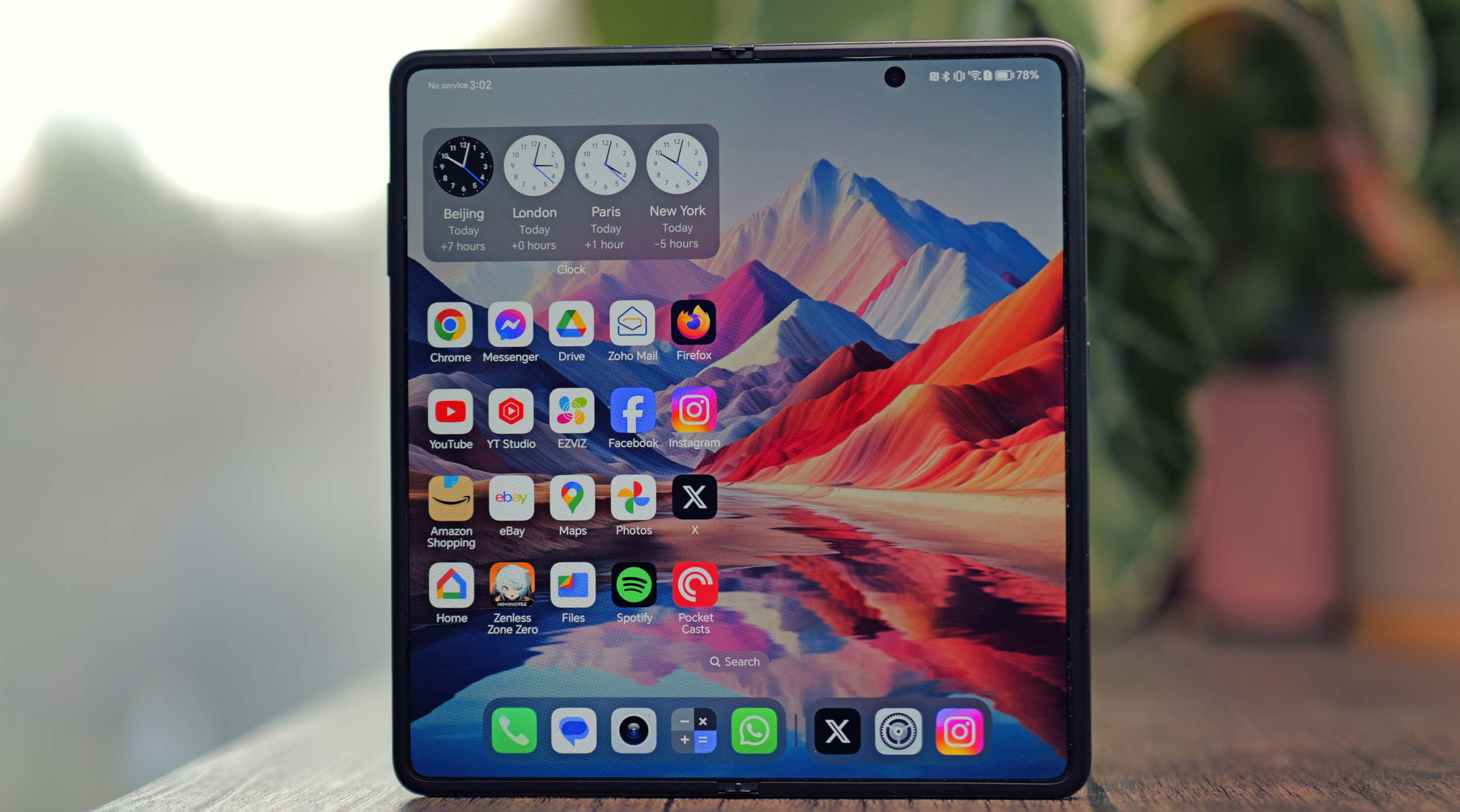
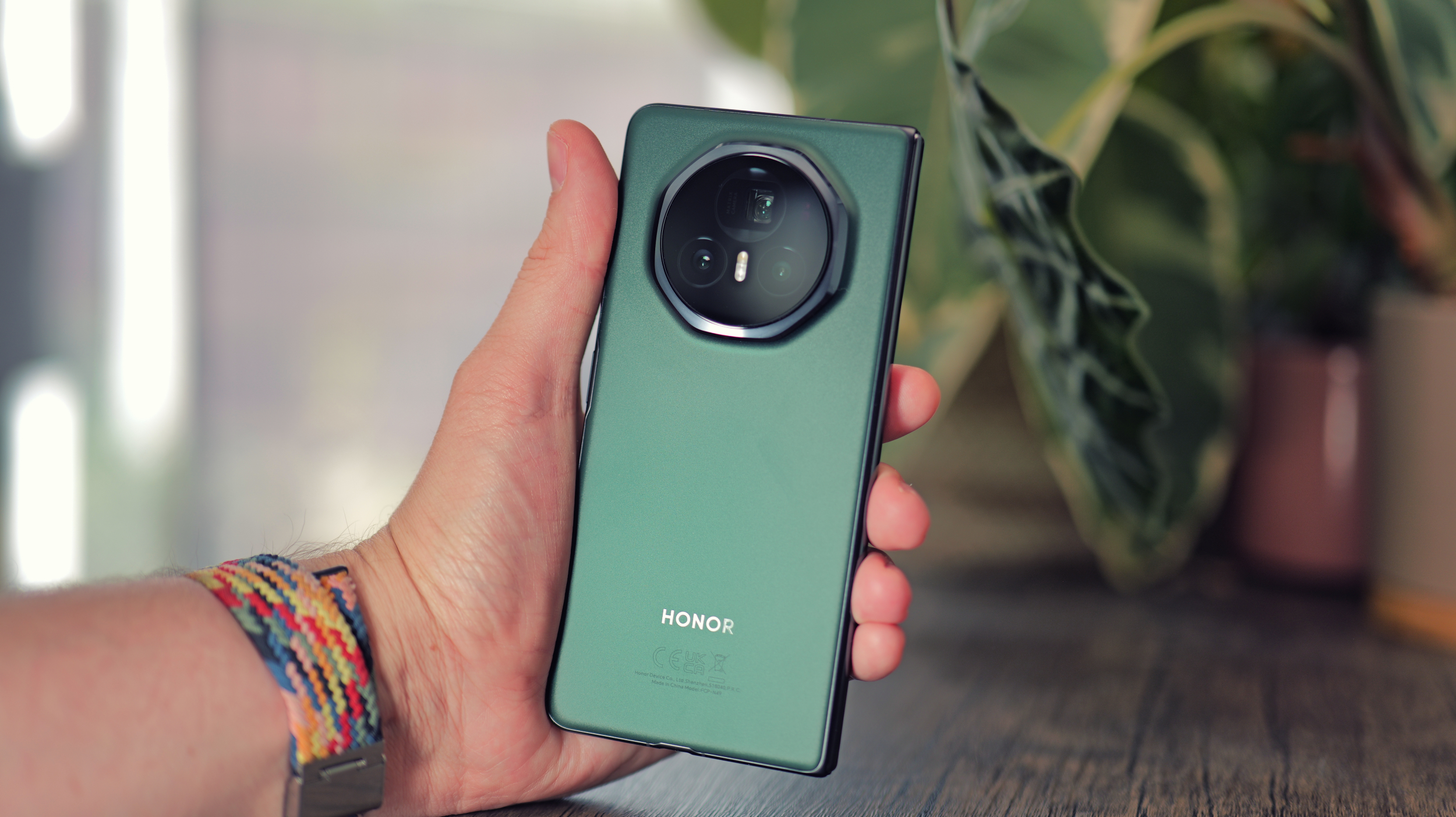
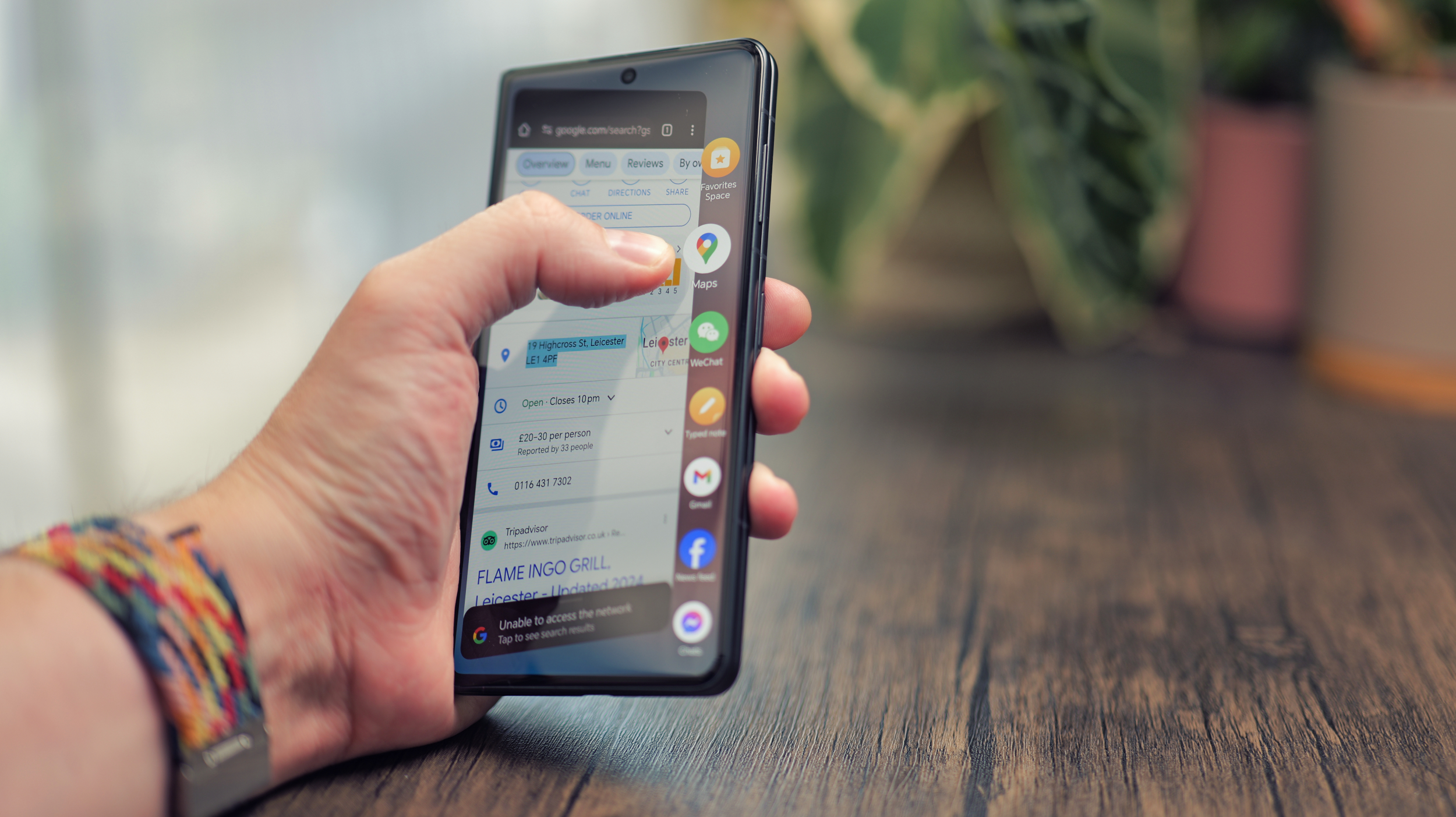
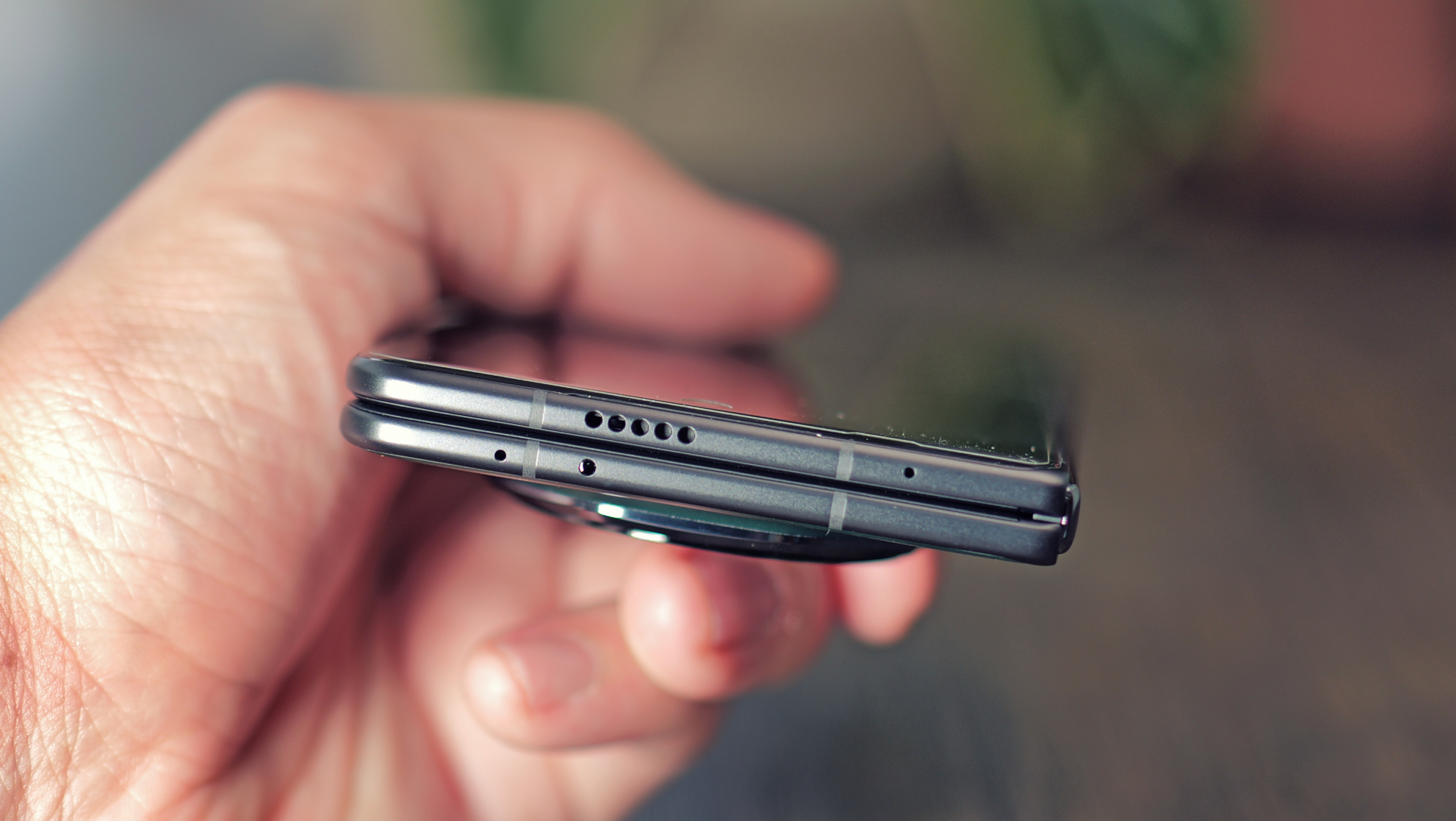
Specifications
Reasons to buy
Reasons to avoid
✅ You want the slimmest and lightest foldable: The Magic V3 is thinner and lighter than all of its competition. If you value style above all else, this is the best-looking foldable.
✅ You want strong foldable cameras: Despite its foldable form factor, the Magic V3 boasts an impressive array of speedy cameras with large sensors.
✅ You don't want a visible crease: At the time of writing, the Magic V3 has one of the shallowest and least noticeable creases on the foldable market.
❌ You need superb battery life: Though not terrible, the Magic V3's battery life won't see you beyond a full day of use. If you need top-tier endurance, go for a regular phone.
❌ You want the stock Android experience: Honor's MagicOS software has improved dramatically in recent years, but it can still be a quirky beast at times.
The OnePlus Open and Samsung Galaxy Z Fold 6 feature prominently on our list of the best foldable phones, but the Honor Magic V3 – which isn't available in the US, hence its exclusion from that list – is arguably the best foldable phone for UK buyers.
Put simply, the Magic V3 boasts the best design of any foldable phone on the market right now. Measuring just 4.35mm when unfolded and 9.2mm when folded, it's even thinner than the already impressively thin Honor Magic V2, and puts the Galaxy Z Fold 6 (5.6mm / 12.1mm) and Google Pixel 9 Pro Fold (5.1mm / 10.5mm) to shame on the aesthetic front.
The Magic V3 is no slouch when it comes to performance, either. With a Snapdragon 8 Gen 3 chipset, 16GB of RAM, and 512GB of storage, it's just as fast as Samsung's latest flagship, and the phone's cameras – a 50MP main, 50MP telephoto, and 40MP ultra-wide – are equally impressive.
Sure, Honor's propriety MagicOS softwater is still janky at times, and the Magic V3's battery life isn't exceptional (the phone's 5,150mAh cell is powering two displays, after all), but if you can overlook those quirks (and its price), this is the best foldable phone money can buy at the time of writing.
Read our full Honor Magic V3 review
FAQs
What is the best phone in 2025?
Objectively speaking, the best phone right now is either the Samsung Galaxy S25 Ultra or Apple iPhone 16 Pro Max, but both excel at different things. The former boasts the best mobile cameras on the market, while the latter is the world's most powerful phone. If you're not looking to pay their stratospheric asking prices, the iPhone 16 is our current pick as the best phone for most people, while for foldable phone fans, the Honor Magic V3 is worth considering.
How to choose the best phone for you
Depending on the way you use your smartphone, there are likely to be one or more aspects of a device that are important to you.
If you want a hardy smartphone, you should check whether it has an IP rating – this will dictate how protected it is against dust and moisture. Also consider its material – ceramic is very fragile, as is glass, but plastic and metal can be more protective.
If you stream a lot, you might want a good-looking display. Bigger, up to 6.8 inches, might be useful for you, as will a resolution over 1080p. Refresh rates of 90Hz or 120Hz also ensure that motion looks smoother.
Battery life can be a pain for people, though capacity doesn't always dictate how long a mobile lasts. A phone needs to last at least a day to be useful for most people, though some go up to two days.
Charging speed is also important, and anything of 65W or up is good, though some phones now offer over 120W. The best phones power up in under an hour, and some even take less than 30 minutes.
Camera quality is hard to convey through a specs list, so you'll have to rely on our analysis and testing to see how good they are – but it's always useful to find a camera phone with multiple lenses and modes.
How we test
Every phone on this list was subjected to a full TechRadar review, and therefore our entire testing process. The core part of this process involves using the phone as our own for one week or more. We slot our SIM card in, and use the device for social media, entertainment, photography and other normal tasks.
This is so we can emulate how you'll use the device if you buy it. It helps us understand all the quirks of a phone that you don't notice if you just leave the device in a lab and test it. Of course, we do some lab tests, too, for some direct comparison.
So, we'll game and we'll do benchmark tests to work out how powerful a phone is; we'll time a phone when it's charging but also just work out how powering fits into our morning routine; we'll test how long a phone takes to run down, but also just handle it day-to-day for a long period of time.
Our main areas of focus in our review are the phone's design, display, cameras, performance, software and battery life, though of course its price is also important for our final judgement.
Not found the best phone yet?
You're at the end of our best smartphone guide, but that doesn't mean we can't help you further. If you still can't decide which model is right for you, we've got a tool that can compare all the phones together to help you determine which one suits you best, based on the cost.
If you want to get all the info, head over to our full mobile phone deals page.
- You've reached the end of the page. Jump back up to the top ^
Get daily insight, inspiration and deals in your inbox
Sign up for breaking news, reviews, opinion, top tech deals, and more.

Axel is TechRadar's UK-based Phones Editor, reporting on everything from the latest Apple developments to newest AI breakthroughs as part of the site's Mobile Computing vertical. Having previously written for publications including Esquire and FourFourTwo, Axel is well-versed in the applications of technology beyond the desktop, and his coverage extends from general reporting and analysis to in-depth interviews and opinion. Axel studied for a degree in English Literature at the University of Warwick before joining TechRadar in 2020, where he then earned an NCTJ qualification as part of the company’s inaugural digital training scheme.